GSY Service portraits
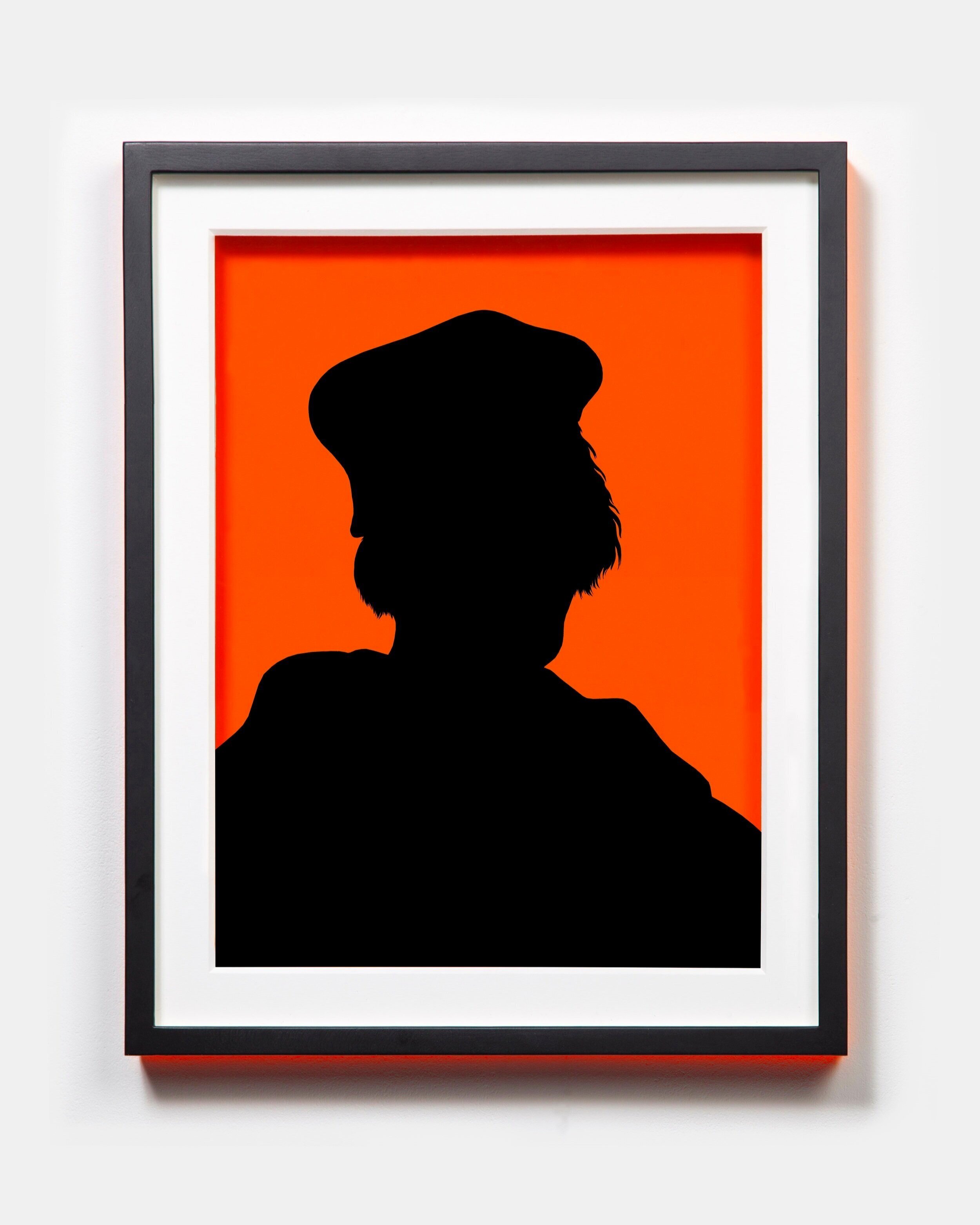
Sir John Fortescue
Sir John Fortescue served as Chief Justice of the King's Bench under Henry VI. Author of Commendation of the Laws of England c.1543, provided the first discussion of the political and conceptual underpinnings of the law in England, and the limitations of the power of the monarchy.
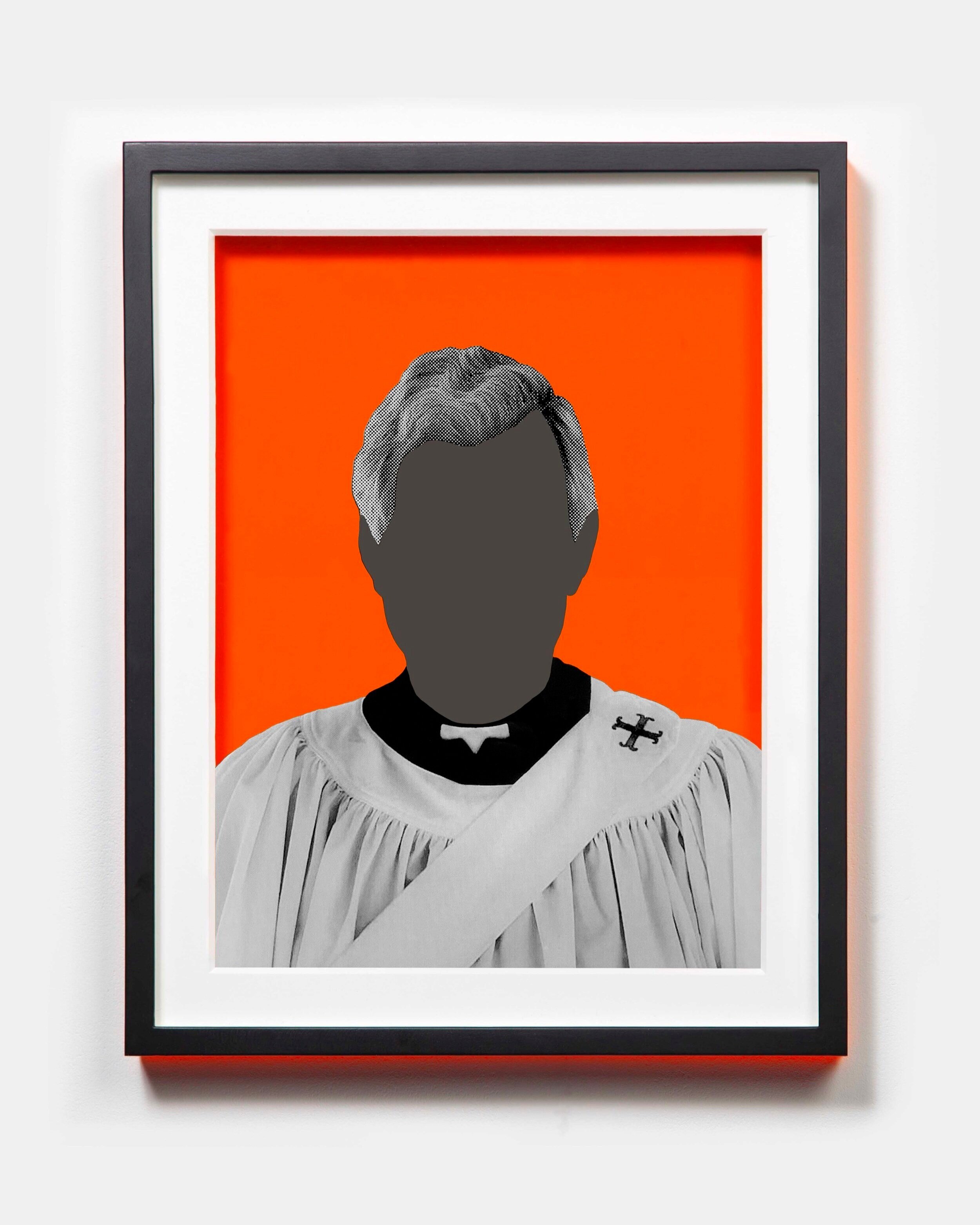
Jonathan Aitken
Jonathan Aitken served as a Conservative Member of Parliament. He was convicted of perjury in 1999 and received an 18-months prison sentence, of which he served seven months. In 2018 he was ordained, and has subsequently worked as an unpaid prison chaplain.

The Right Honourable, Theresa May MP
Theresa May, former Prime Minister of the United Kingdom and Leader of the Conservative Party. May was the longest-serving Home Secretary for over 60 years, and made several reforms of the criminal justice system. May pursued reform of the Police Federation, implemented a harder line on drugs policy, oversaw the introduction of elected Police and Crime Commissioners, and brought in additional restrictions on immigration. In 2012, May commissioned Mark Ellison to review Scotland Yard's investigations into alleged police corruption.

Edward Davenport
Edward Davenport served a three year prison sentence for a series of advance-fee fraud schemes. He is said to have made £34.5 million through fraudulent activity. The self-styled 'Lord' came to prominence in the late 1980s as the organiser of the controversial Gatecrasher Balls for wealthy teenagers. Davenport attracted criticism for his business practices for the way he acquired the former High Commission building of Sierra Leone in London, during the country's civil war.
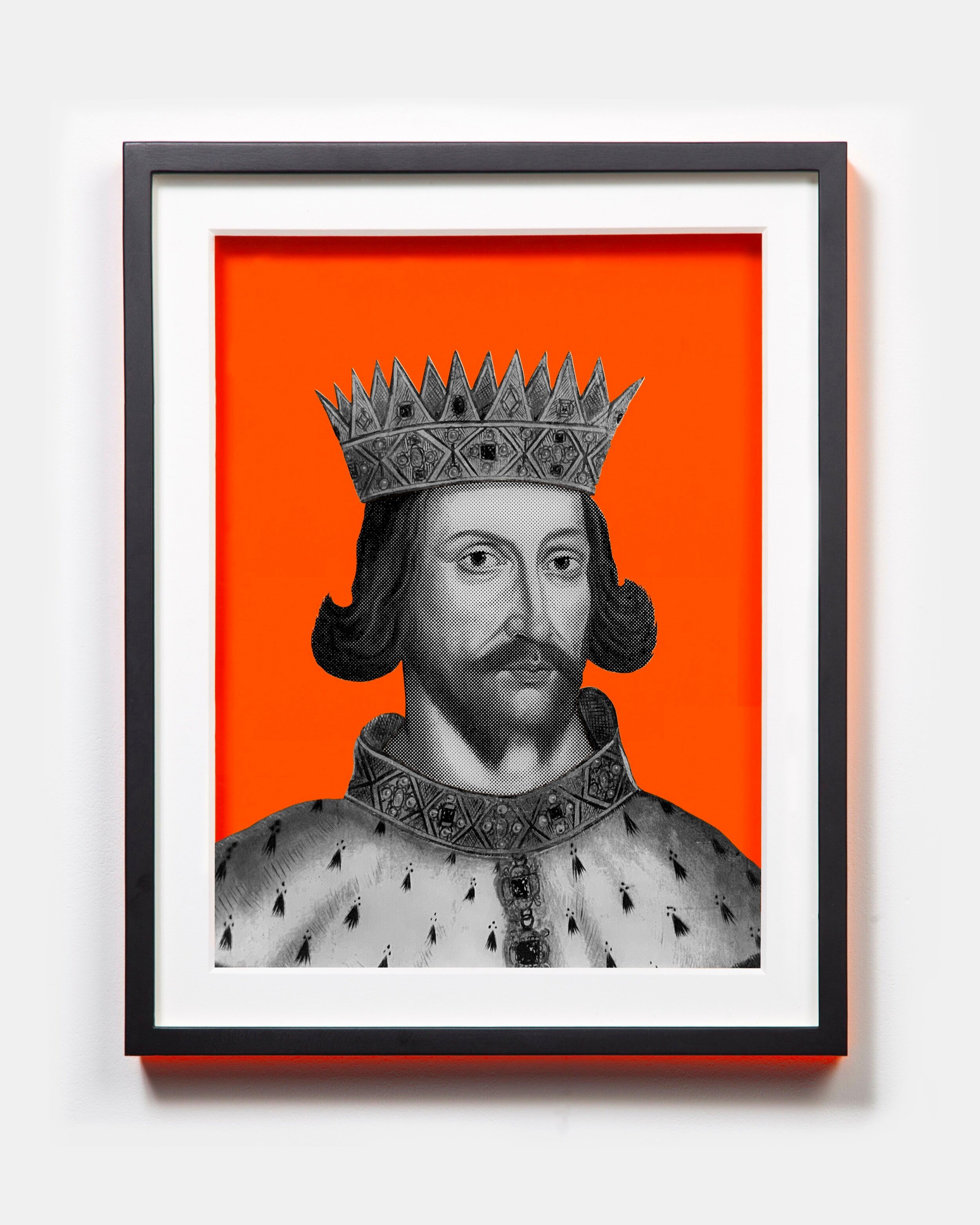
King Henry II
King Henry II is regarded as the instigator of the modern judicial system in England. His reign saw significant legal changes, greatly expanding the role of royal justice, and producing a more coherent legal system, which is considered to have laid the basis for English Common Law. David Hume argued that Henry's reign was pivotal to creating a genuinely English monarchy and, ultimately, a unified Britain.
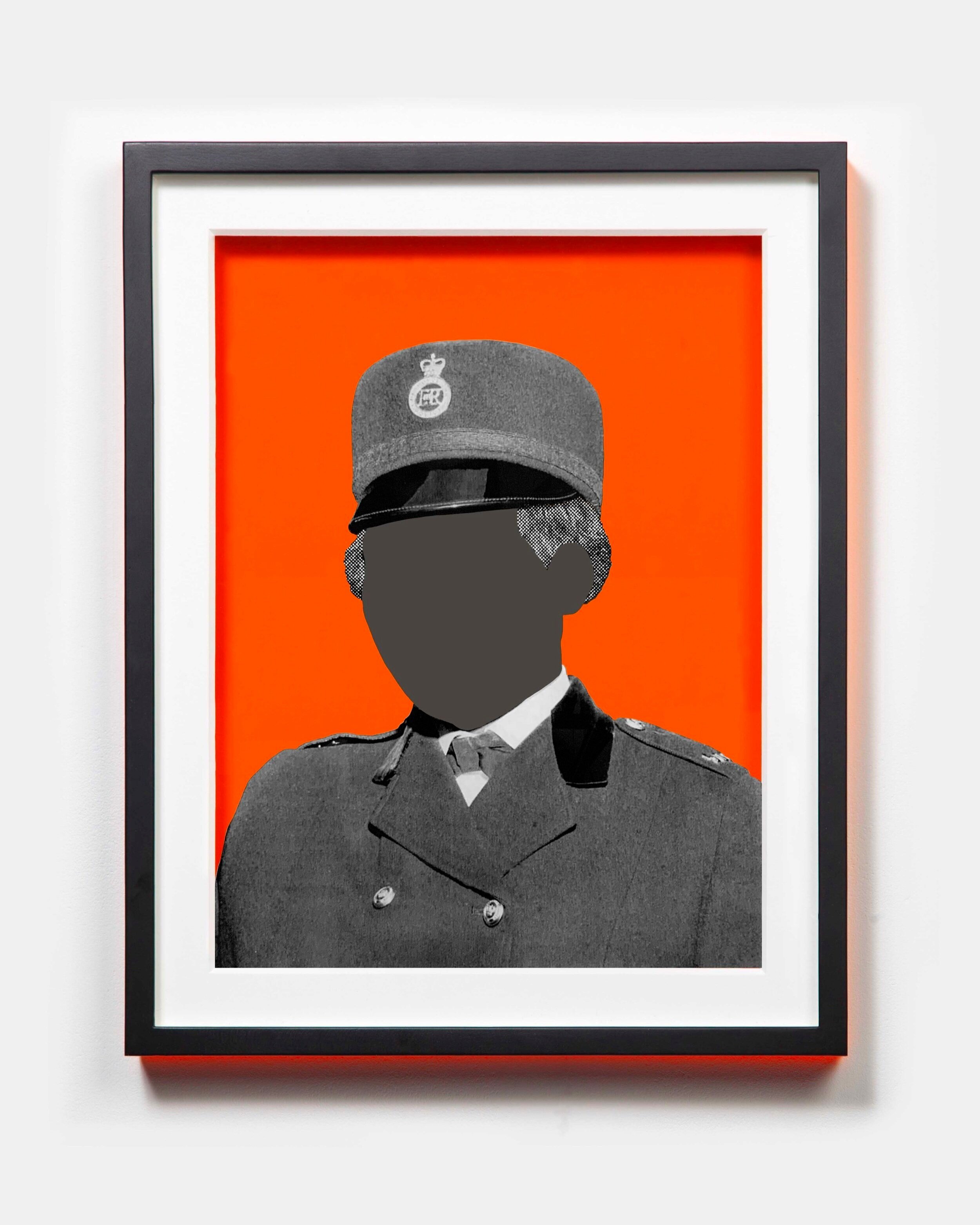
Police Constable Sislin Fay Allen
The first non-white female police constable in the United Kingdom. Allen went from working as a nurse in London to becoming a historical figure after she was selected as the United Kingdom’s first Black policewoman. She served in the Metropolitan Police and was later posted to the Missing Persons Bureau at Scotland Yard. In 1972, Allen left The Met to return home to her native Jamaica and joined the Jamaica Constabulary Force.
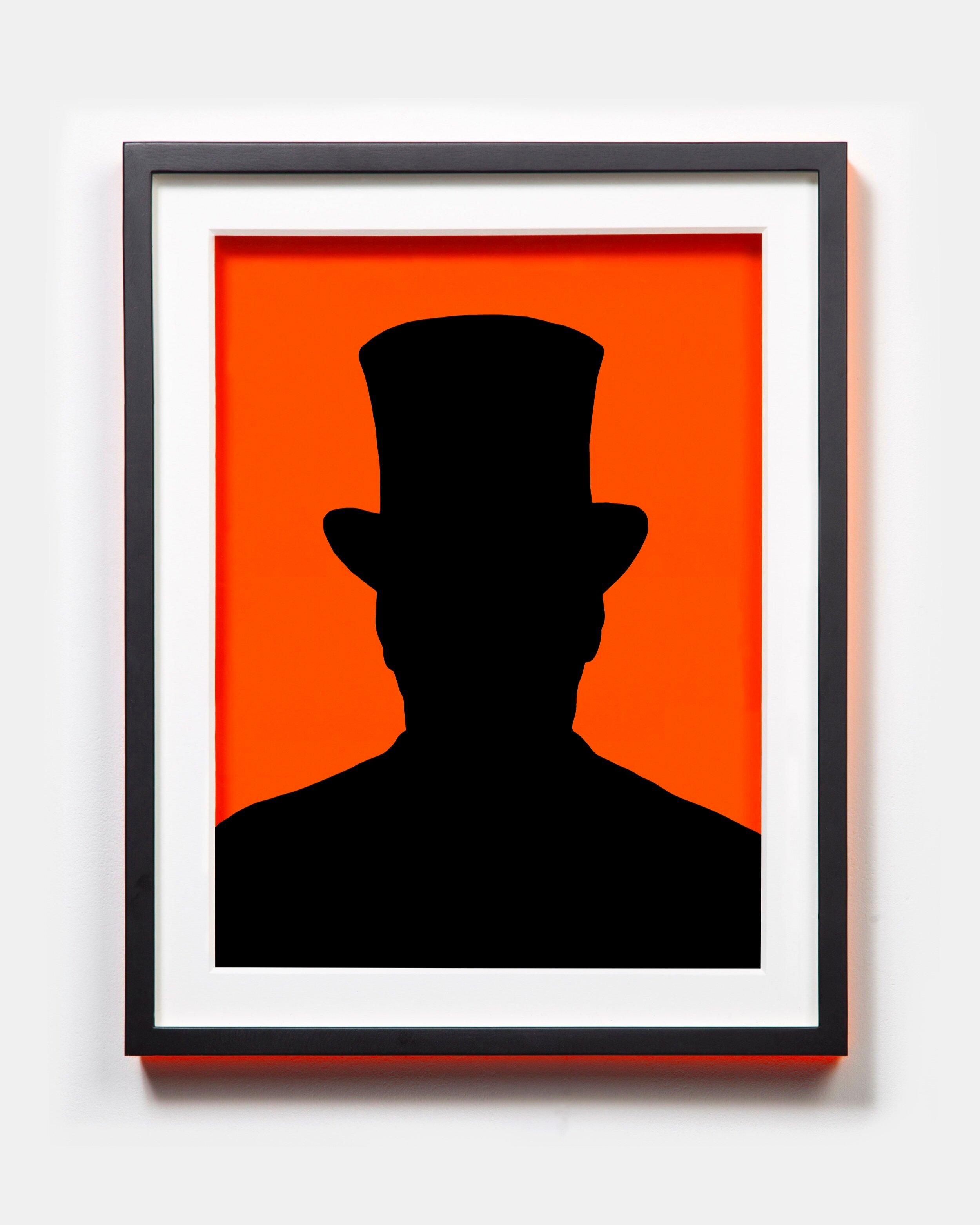
Jack the Ripper
Jack the Ripper is the best-known name for an unidentified serial killer active in the impoverished areas in and around Whitechapel in 1888. One of London's most famous unsolved cases, the attacks ascribed to Jack the Ripper typically involved women who lived and worked in the slums of the East End.
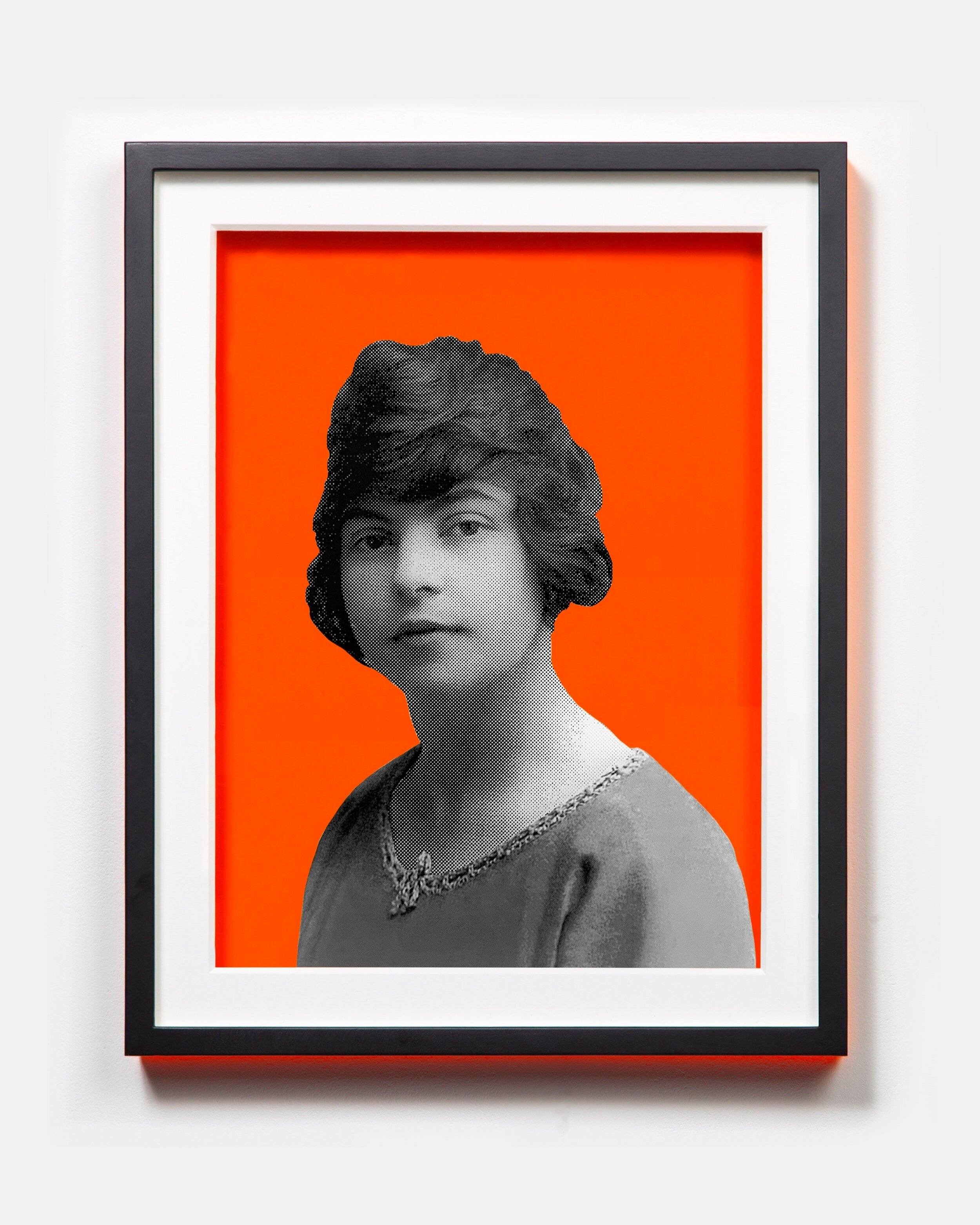
Florrie Holmes
Florrie Holmes was a member of The Forty Elephants - an all-female gang who specialised in shoplifting. The Forty Elephants were active throughout the 19th and 20th century, but their heyday was in the interwar period. The gang operated from the Elephant and Castle District, allied to the Elephant and Castle Mob.
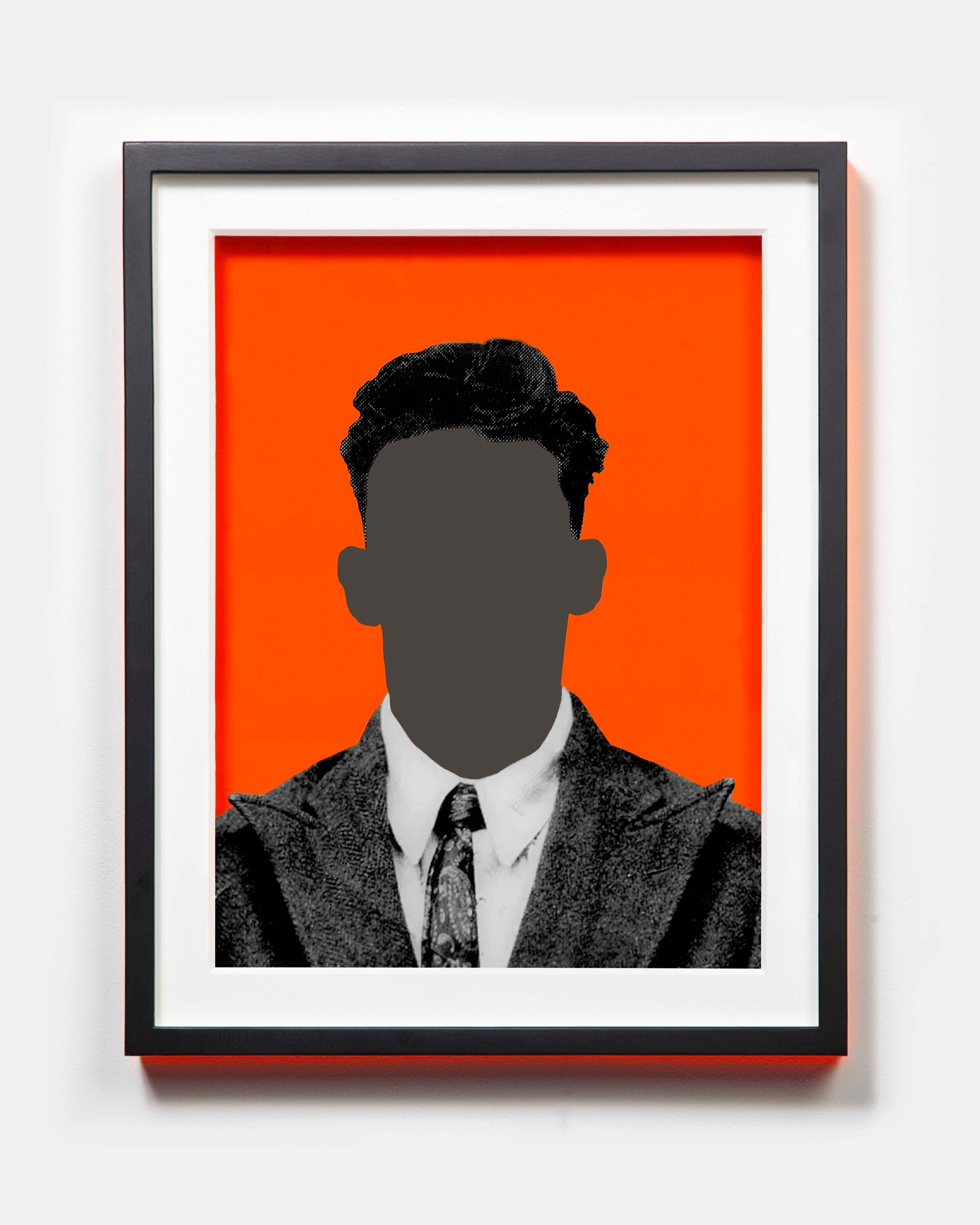
Ronnie Kray
Ronald "Ronnie" Kray was a notorious English criminal. Alongside his twin brother, Reginald or "Reggie", Kray was one of the foremost perpetrators of organised crime in the East End of London during the 1950s and 1960s. The Kray twins, with their gang, known as "The Firm", were involved in murder, armed robbery, arson, protection rackets and assaults. Each was sentenced to life imprisonment for murder.
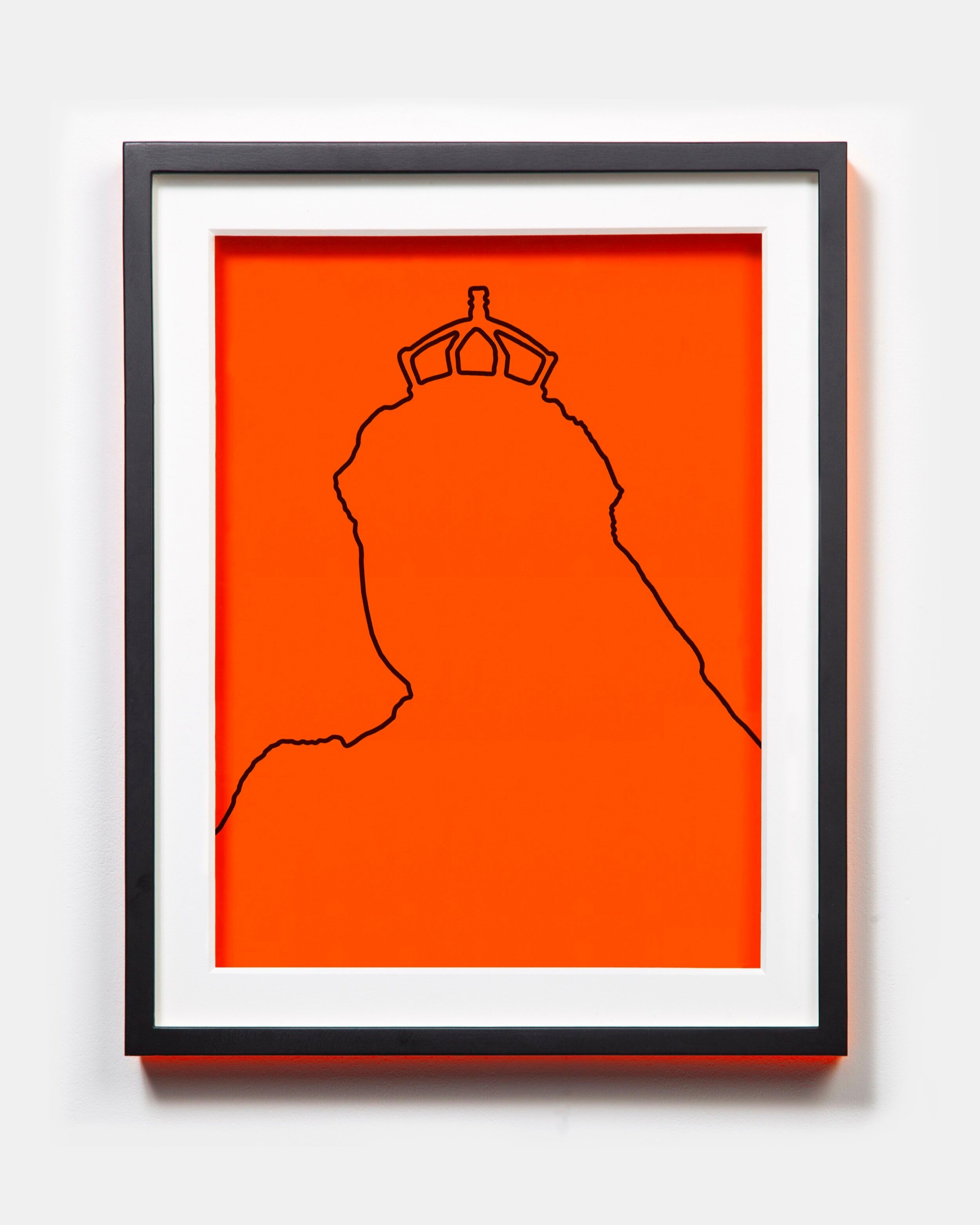
Queen Victoria
Queen of the United Kingdom of Great Britain and Ireland, Empress of India. Victoria’s reign saw the creation of the Metropolitan Police Service, which spread throughout Britain, by 1857 every jurisdiction had an organized police force. Rapid industrialization saw a rise in crime, but traditional punishments of the death penalty or transportation to America and Australia began to be replaced by imprisonment.
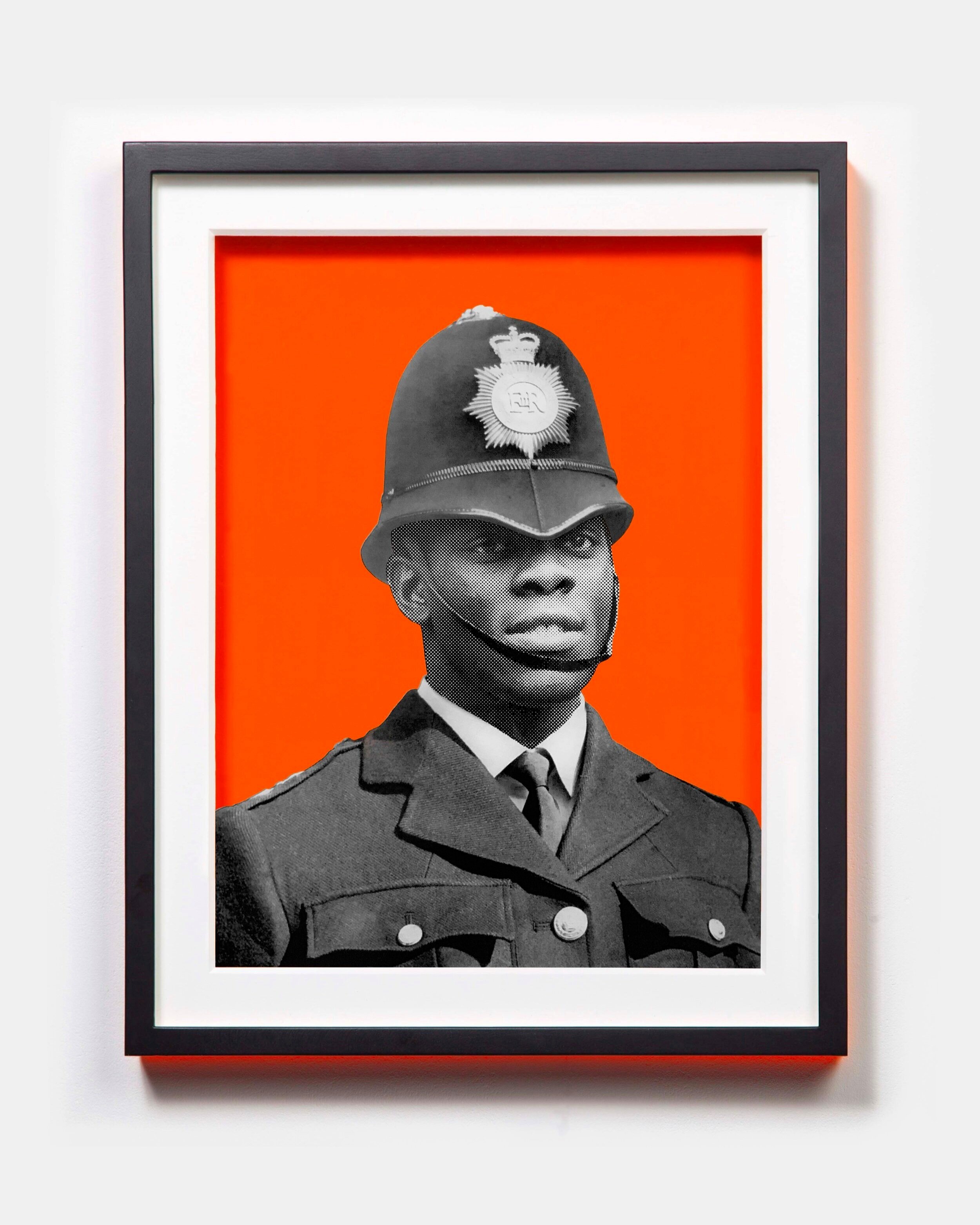
Detective Sergeant Norwell Roberts QPM
The first black police officer to join London's Metropolitan Police. He rose to the rank of Detective Sergeant. In 1995, Roberts' was awarded the Queen's Police Medal for distinguished service.During his career, he was considered to be the first black police officer in the United Kingdom, although it has since been revealed that he had been preceded by a 19th-century constable in Carlisle named John Kent.
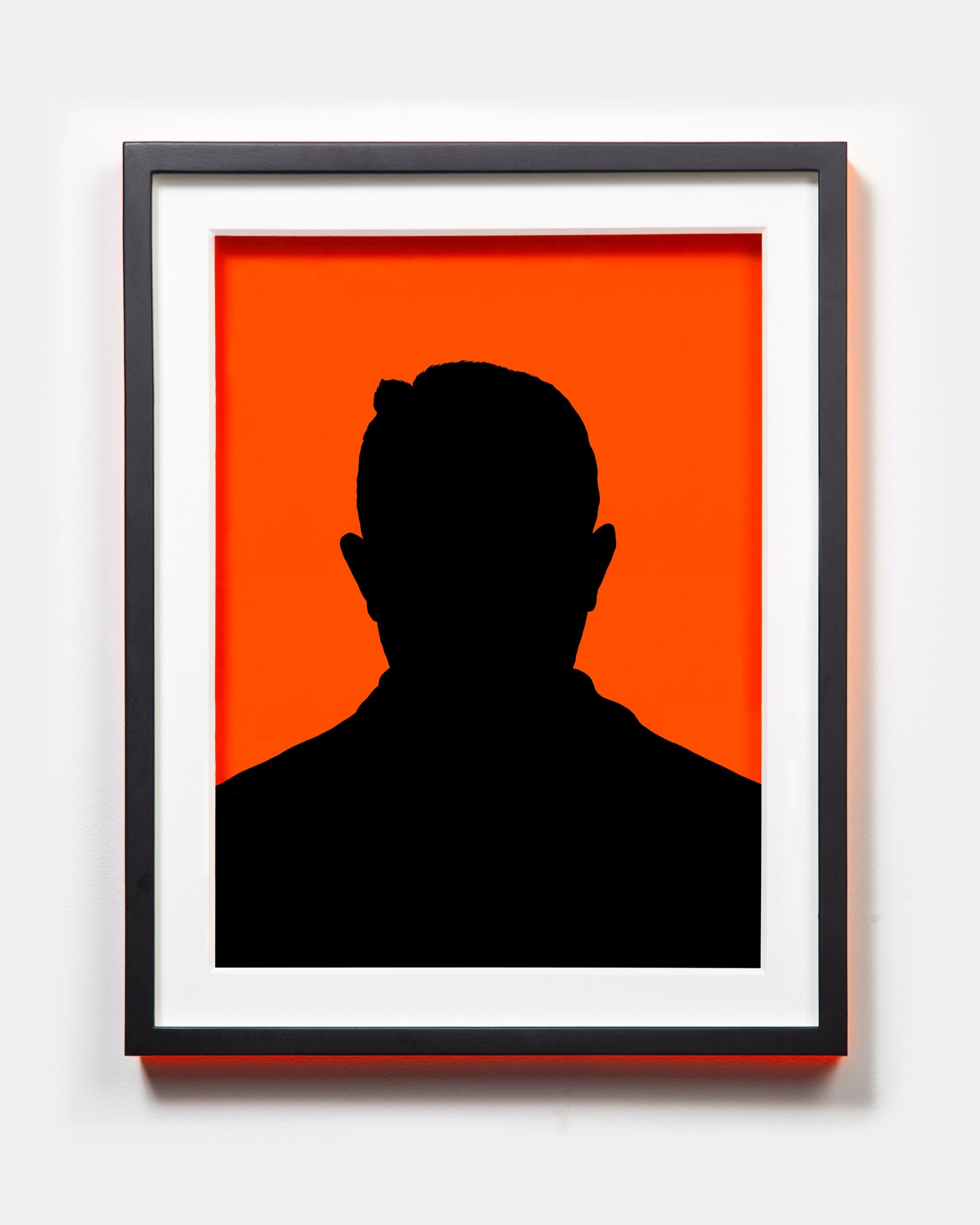
Alphonse Bertillon
A French police officer, Bertillon applied the technique of anthropometry, the study of measurements to the human body, to law enforcement. Bertillon created an identification system based on physical measurements - the first scientific system used by police to identify criminals. Bertillon also invented the standardized police mugshot in 1840. The poses used in the Bertillon mugshots: side profile and frontal, facing the camera became readily recognizable.
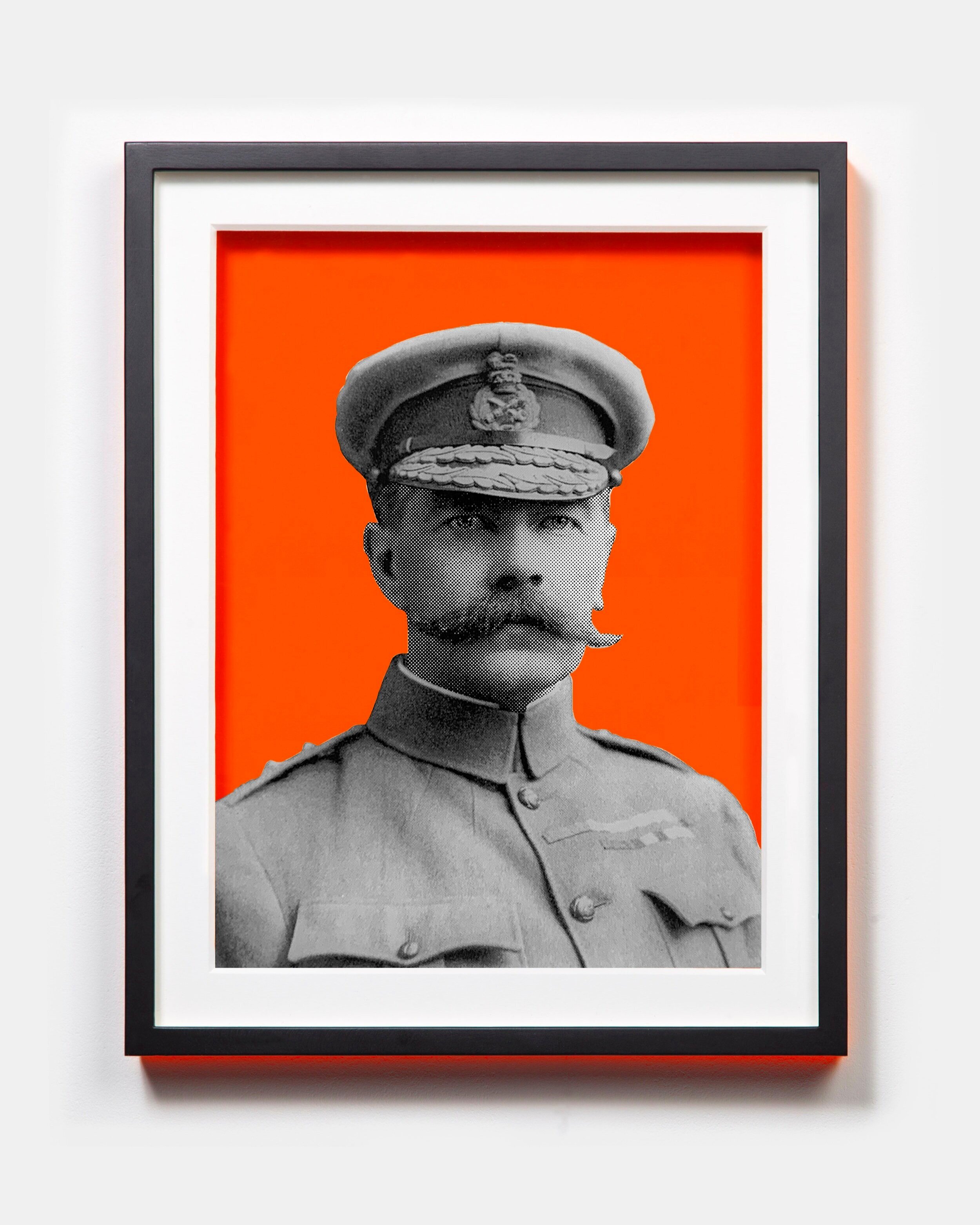
Field Marshal Horatio Herbert Kitchener
Kitchener was a senior British Army Officer and colonial administrator who gained notoriety for his imperial campaigns. During the First World War his recruitment campaign became iconic and to this day is seen as not only a call for recruitment to the army, but also to the general public to help in the War Effort throughout the UK. After the Metropolitan Police moved from Great Scotland Yard in 1890, the site became the headquarters for the Royal Military Police, where Kitchener was stationed during his recruitment campaign.
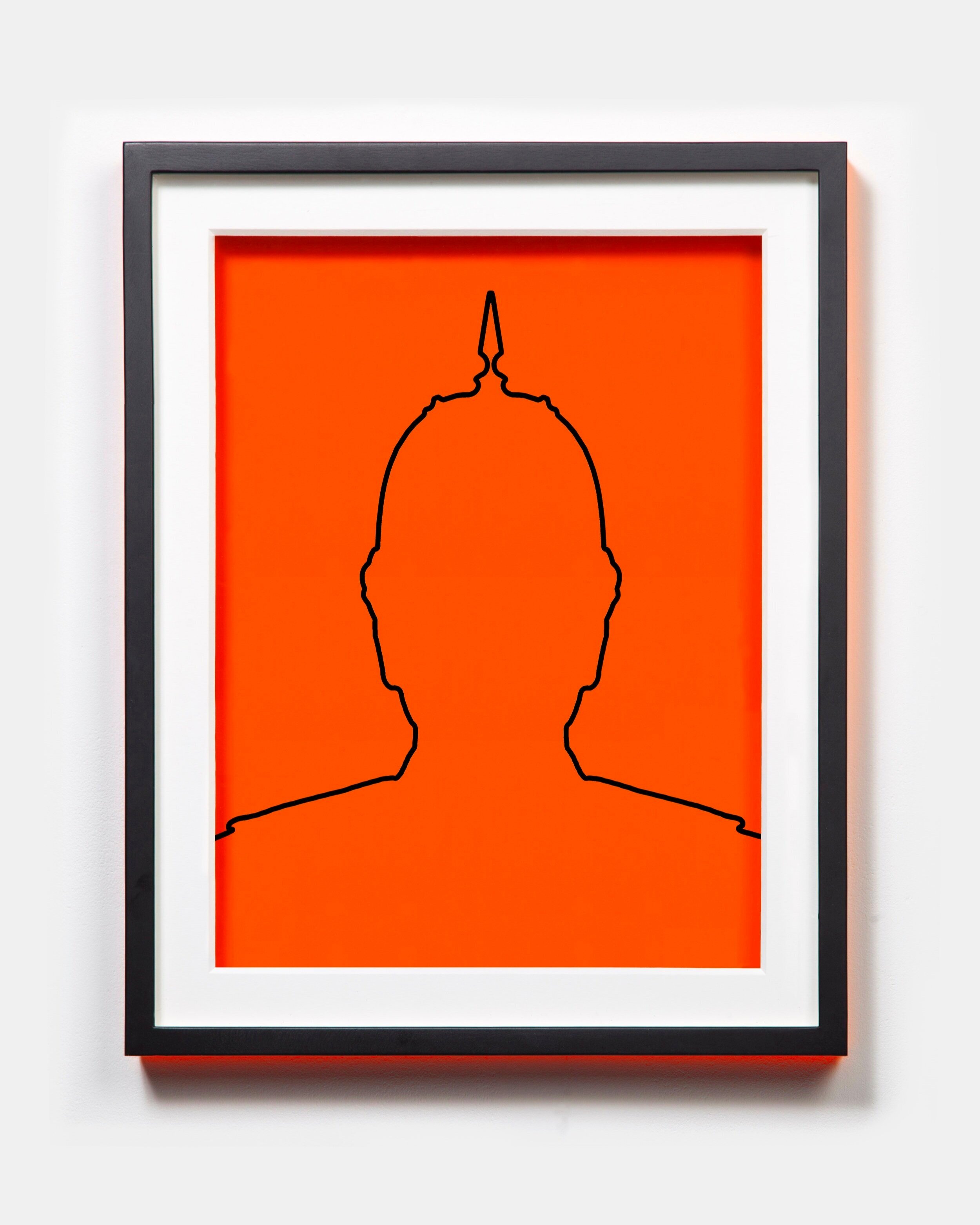
Victorian Police officer
A spiked police hemet inspired by the Prussian “pickelhaube” first used by the Metropolitan Police in 1863. The Pickelhaube also influenced the design of the British army Home Service helmet, as well as the custodian helmet still worn by police in England and Wales.
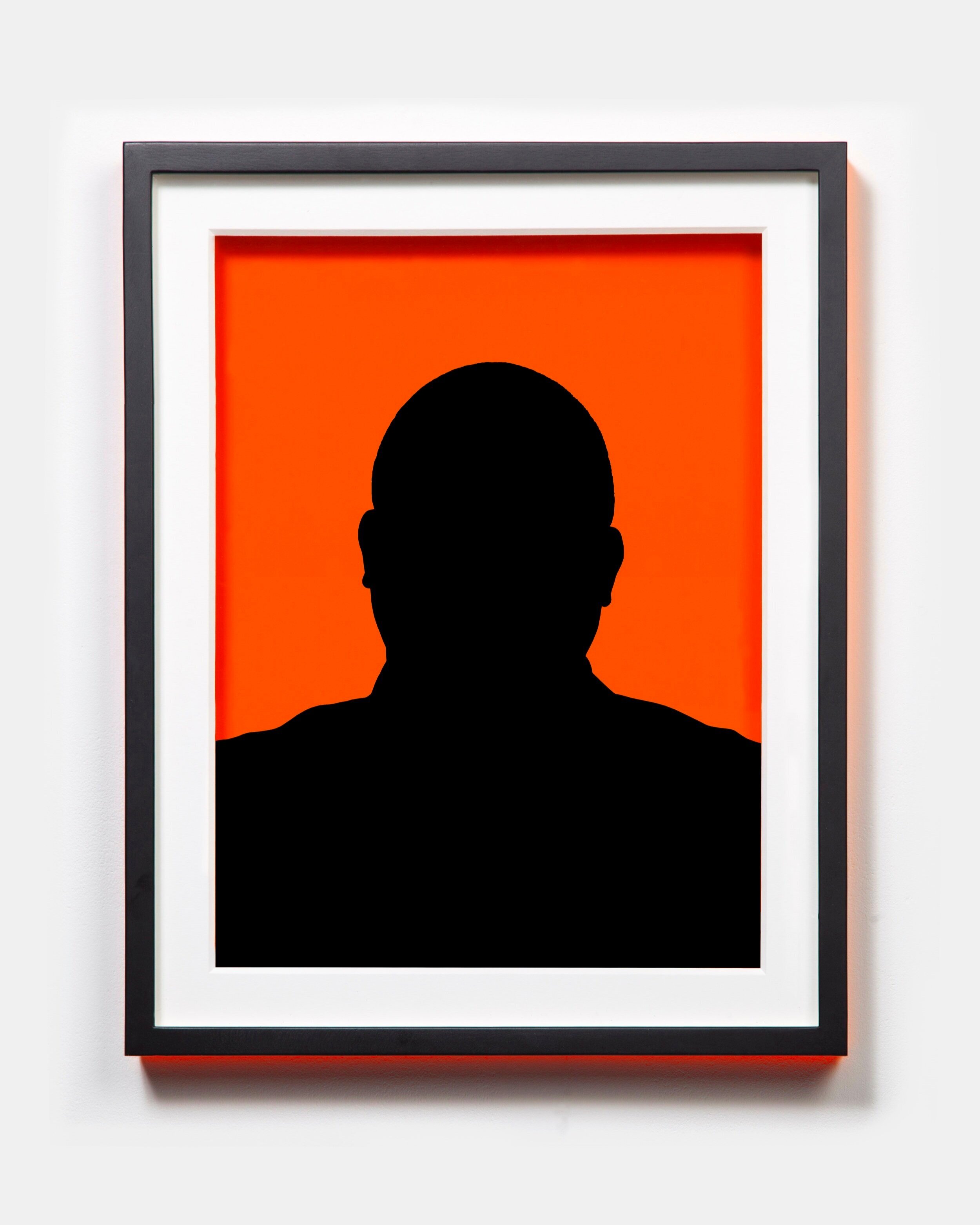
The Right Honourable, David Lammy, FRSA MP
David Lammy is a British Labour Party politician, who has been the Member of Parliament for Tottenham since 2000. Lammy is known for the prison review - the Lammy Review - an independent review into the treatment of, and outcomes for Black, Asian and Minority Ethnic individuals in the criminal justice system.
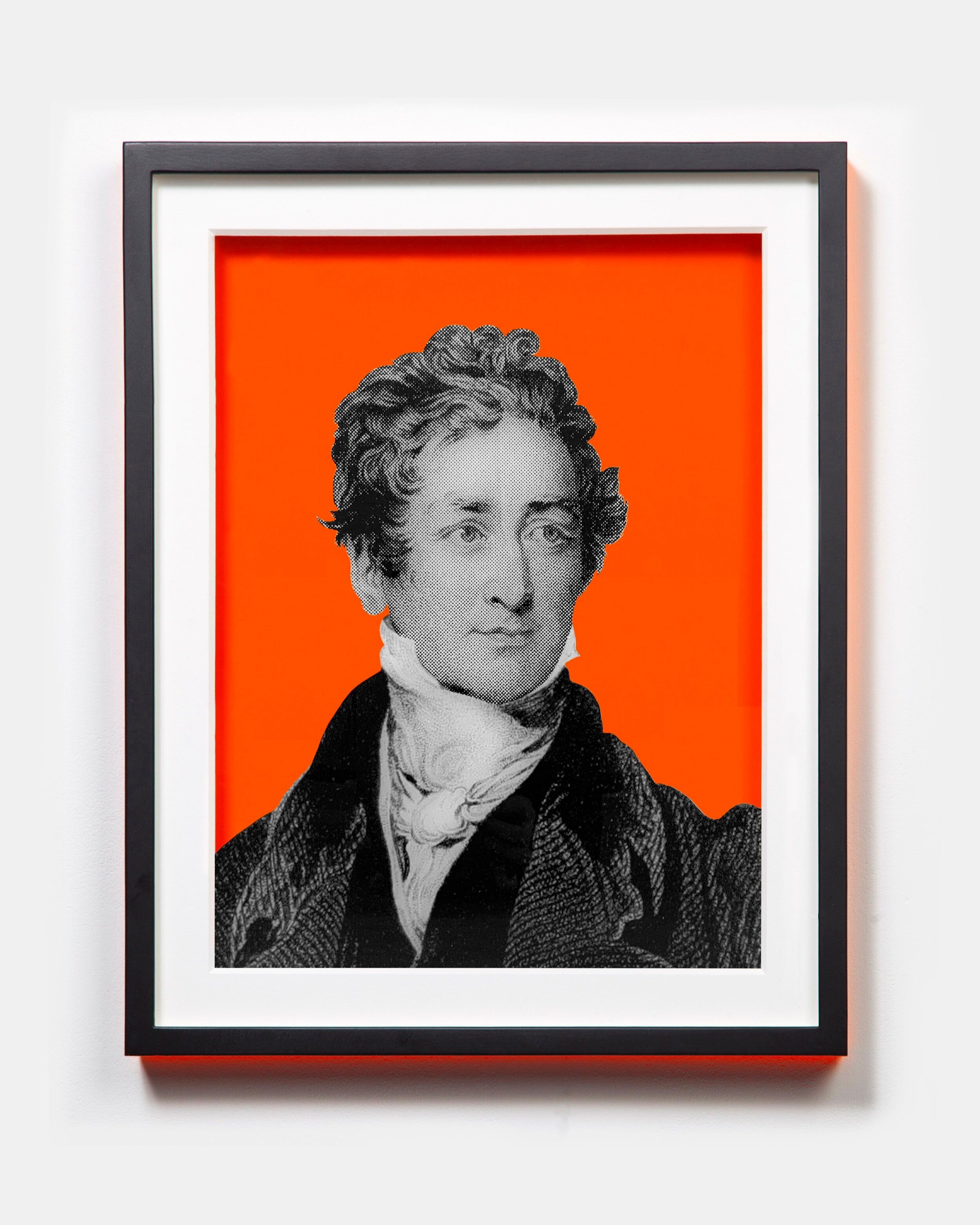
The Right Honourable Sir Robert Peel, Bt FRS MP
Sir Robert Peel was a British statesman and Conservative Party politician, known as one of the founders of the modern Conservative Party. Peel served twice as Prime Minister of the United Kingdom (1834–35 and 1841–46) and twice as Home Secretary (1822–27 and 1828–30). He is regarded as the father of modern British policing and in 1829 established the Metropolitan Police Force for London based at Scotland Yard, leading to a new type of officer known in tribute to him as "bobbies" and "peelers".
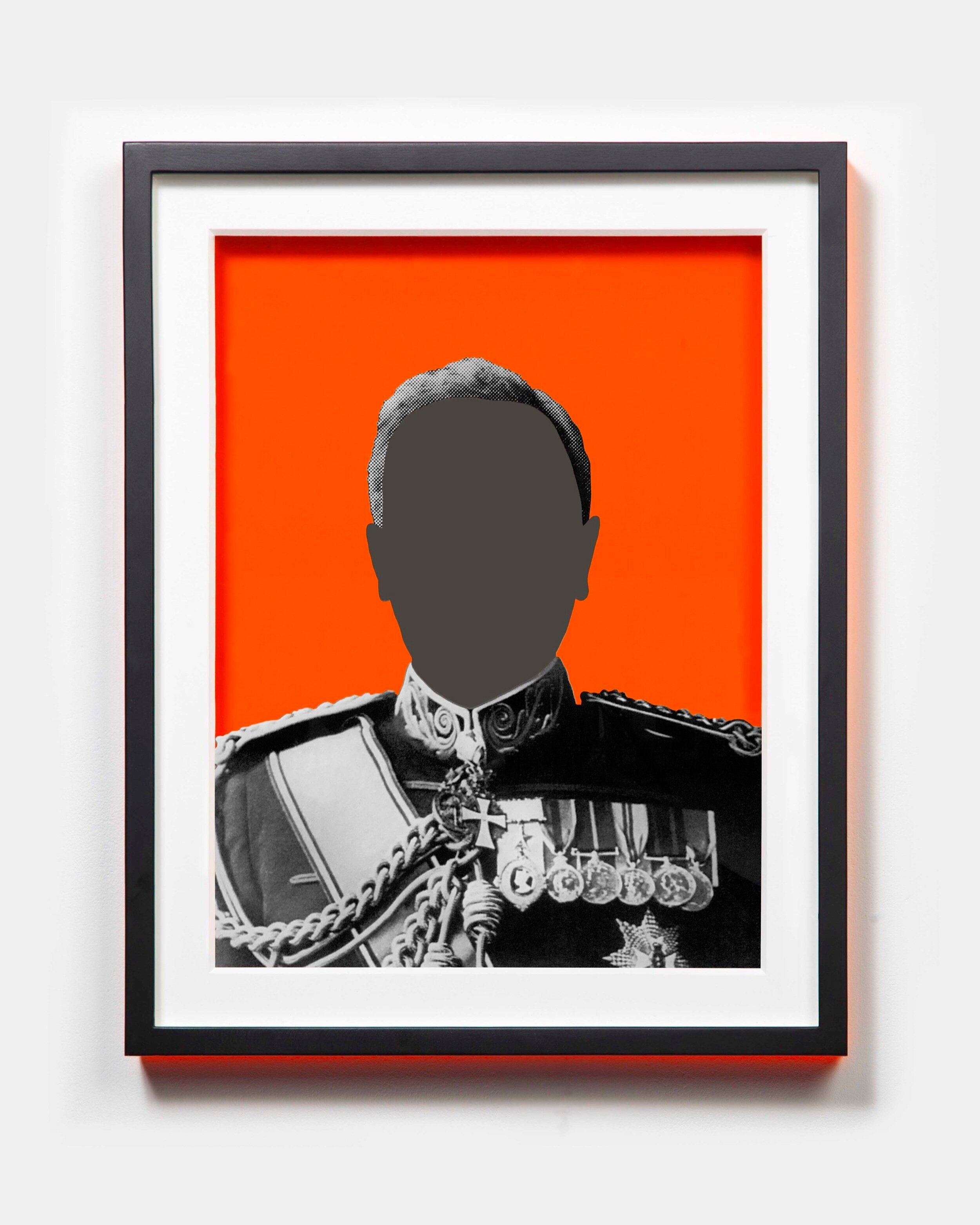
Metropolitan Police Commissioner Sir Edward Henry
Sir Edward Henry served as the commissioner of the Metropolitan Police. His commission saw the introduction of police dogs to the force as well as fingerprinting to identify criminals. In 1 July 1901, Henry established the Metropolitan Police Fingerprint Bureau, Britain's first.
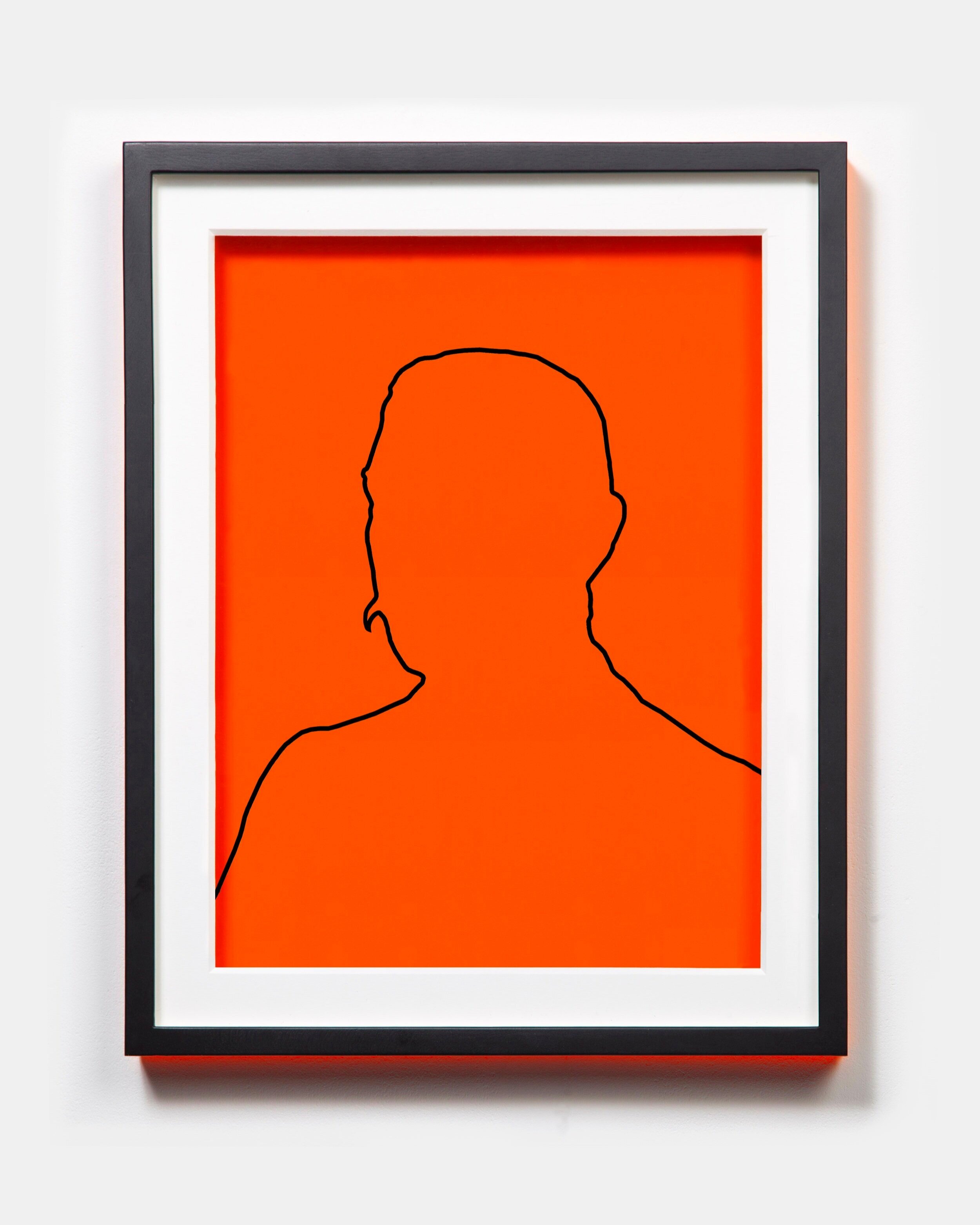
Sir Arthur Conan Doyle, KStJ DL
A British writer best known for his detective fiction featuring the character Sherlock Holmes. Originally a physician, in 1887 he published A Study in Scarlet, the first of four novels about Holmes and Dr. Watson. In addition, Doyle wrote over fifty short stories featuring the famous detective. The Sherlock Holmes stories are generally considered milestones in the field of crime fiction. The stories were often set in and around Great Scotland Yard and featured many references to the Metropolitan Police force.
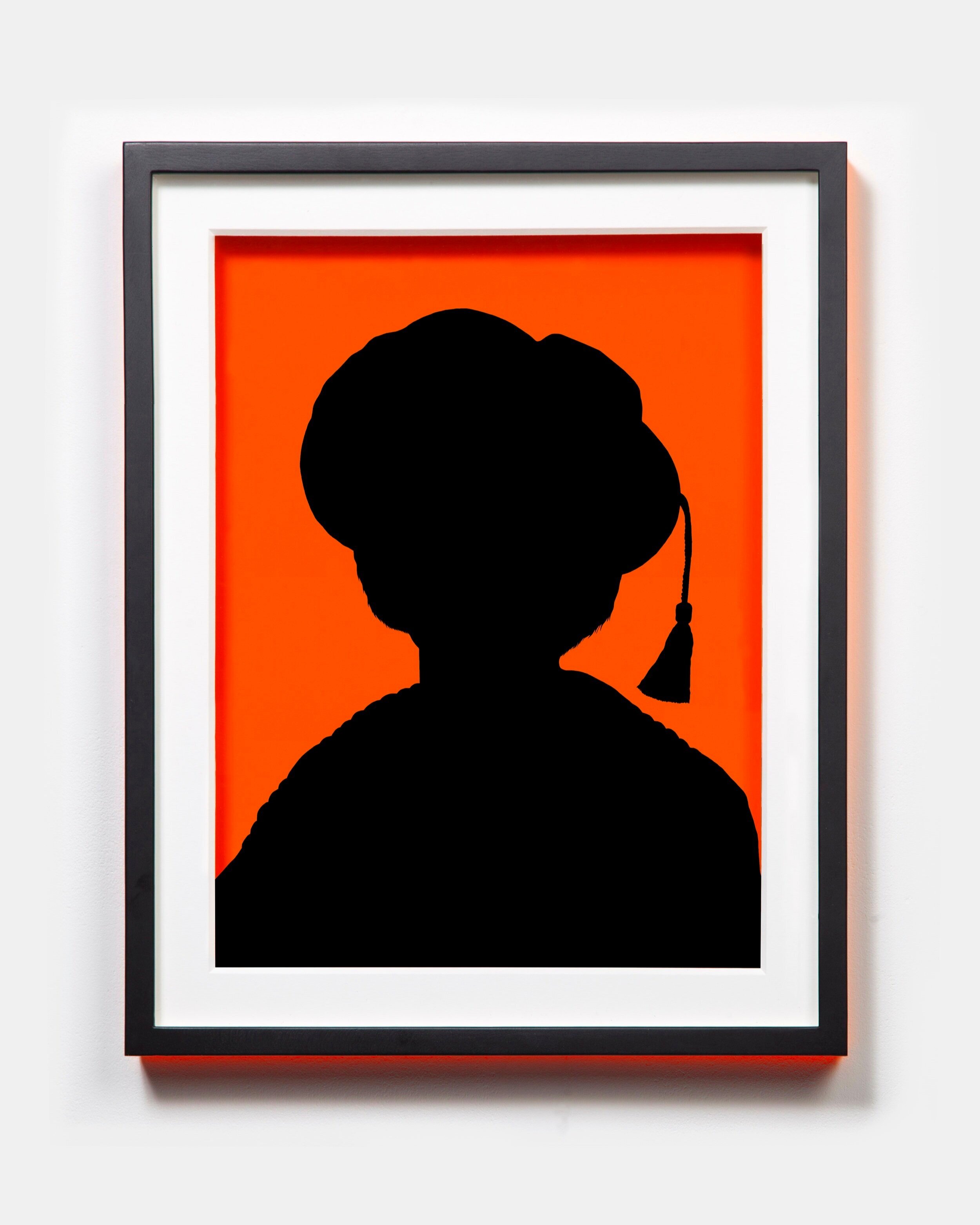
Lady Brenda Marjorie Hale, Baroness Hale of Richmond
Baroness Hale, known as Lady Hale, is a British judge and the current President of the Supreme Court of the United Kingdom. In 2004, she joined the House of Lords as a Lord of Appeal in Ordinary. She is the only woman to have been appointed to this position.
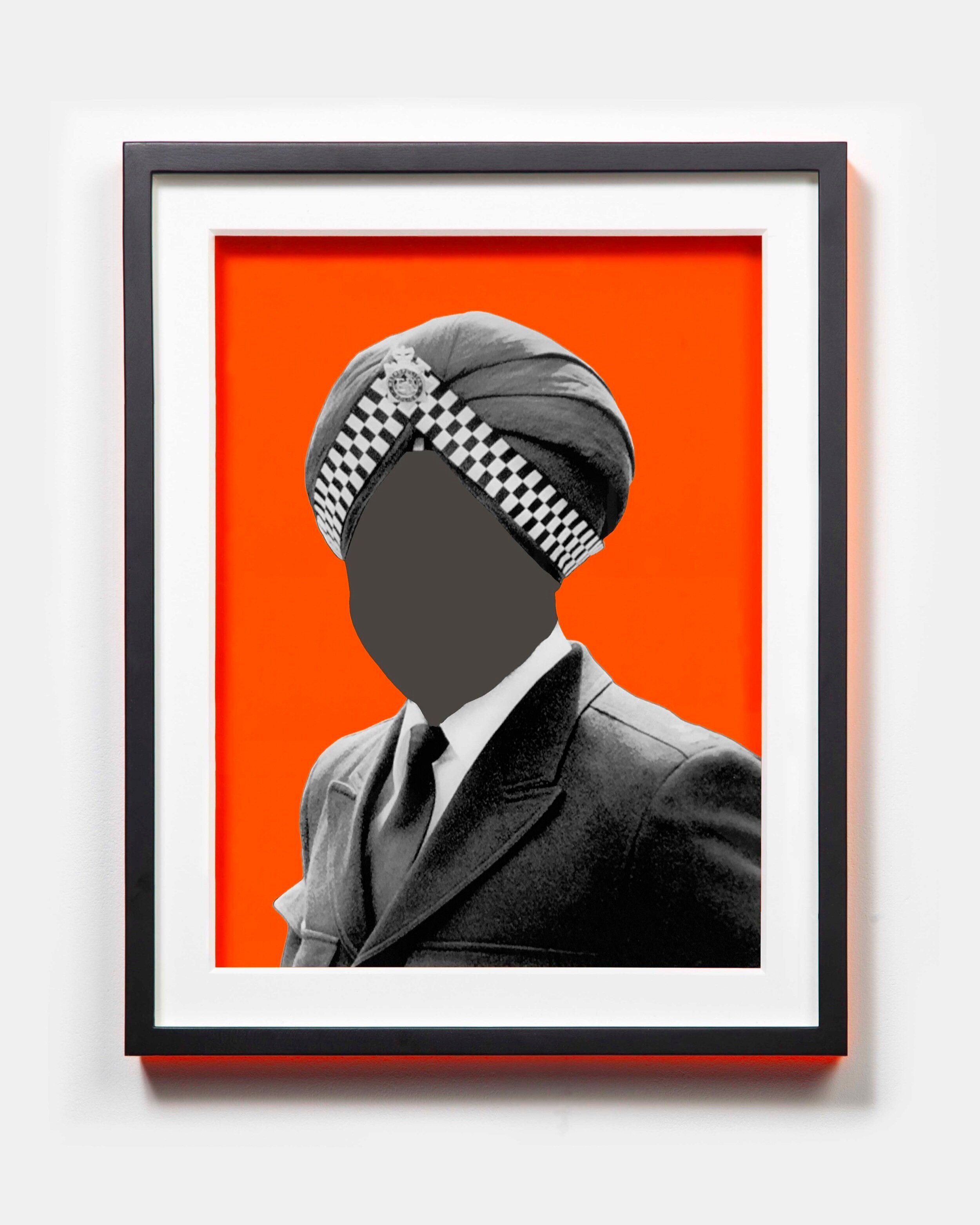
Police Constable Brij Rajanwal
A turbaned Sikh policeman in uniform. Historically Sikhs were targeted by the British Raj for recruitment into the British police all around the empire, especially in Kenya. With Decolonisation many Sikhs settled in Britain in the 1950/60s from India and East Africa many of whom had served in the colonial police force. The first Turbaned Sikh to join a British Police force was Mr Harbana Singh Jabbal in 1970, an officer at East Ham police station.
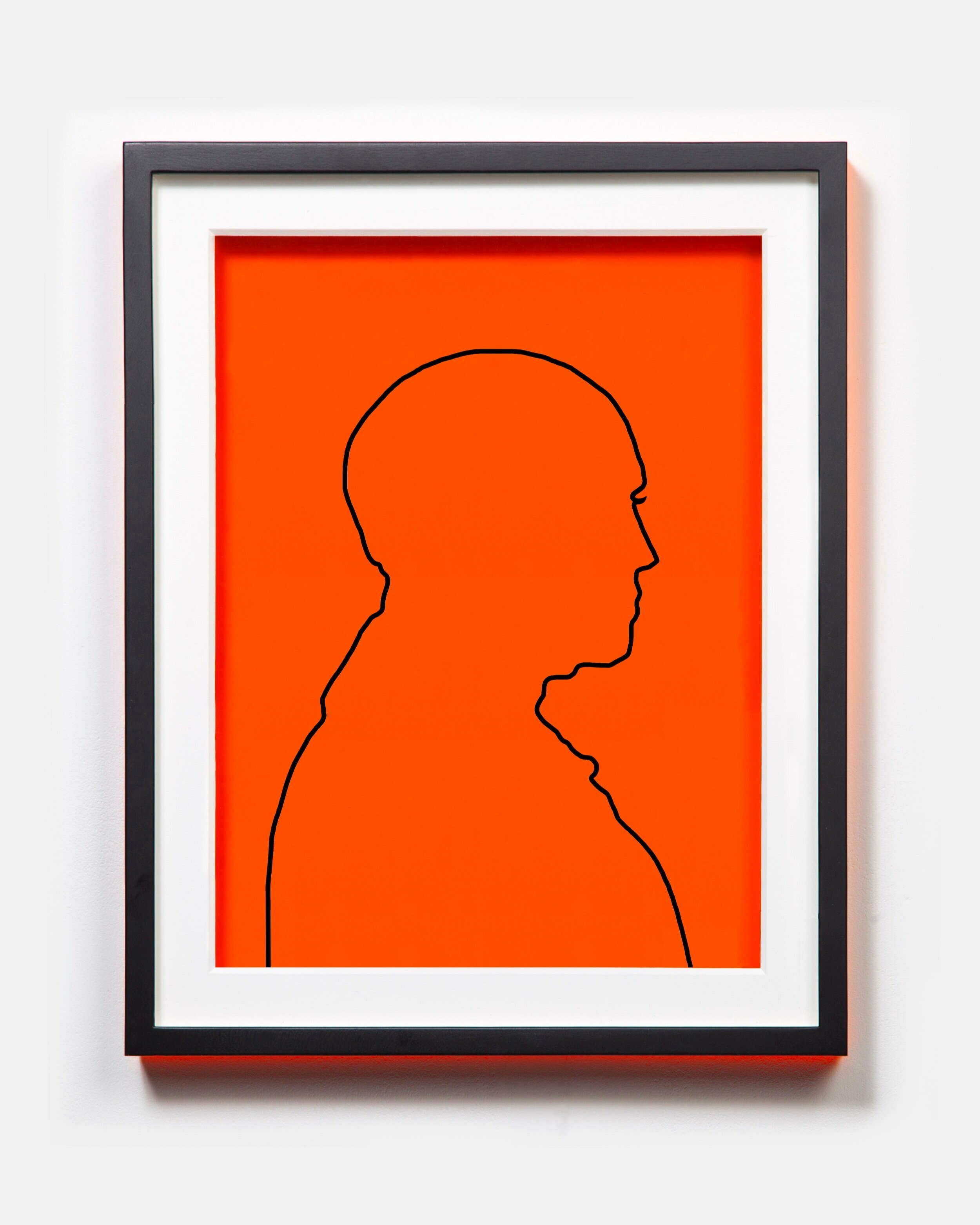
Chief Inspector Frederick George Abberline
A Chief Inspector for the London Metropolitan Police and a prominent police figure in the investigation into the Jack the Ripper. Several fictional retellings of the events surrounding the Jack the Ripper murders have cast Abberline in a lead role.
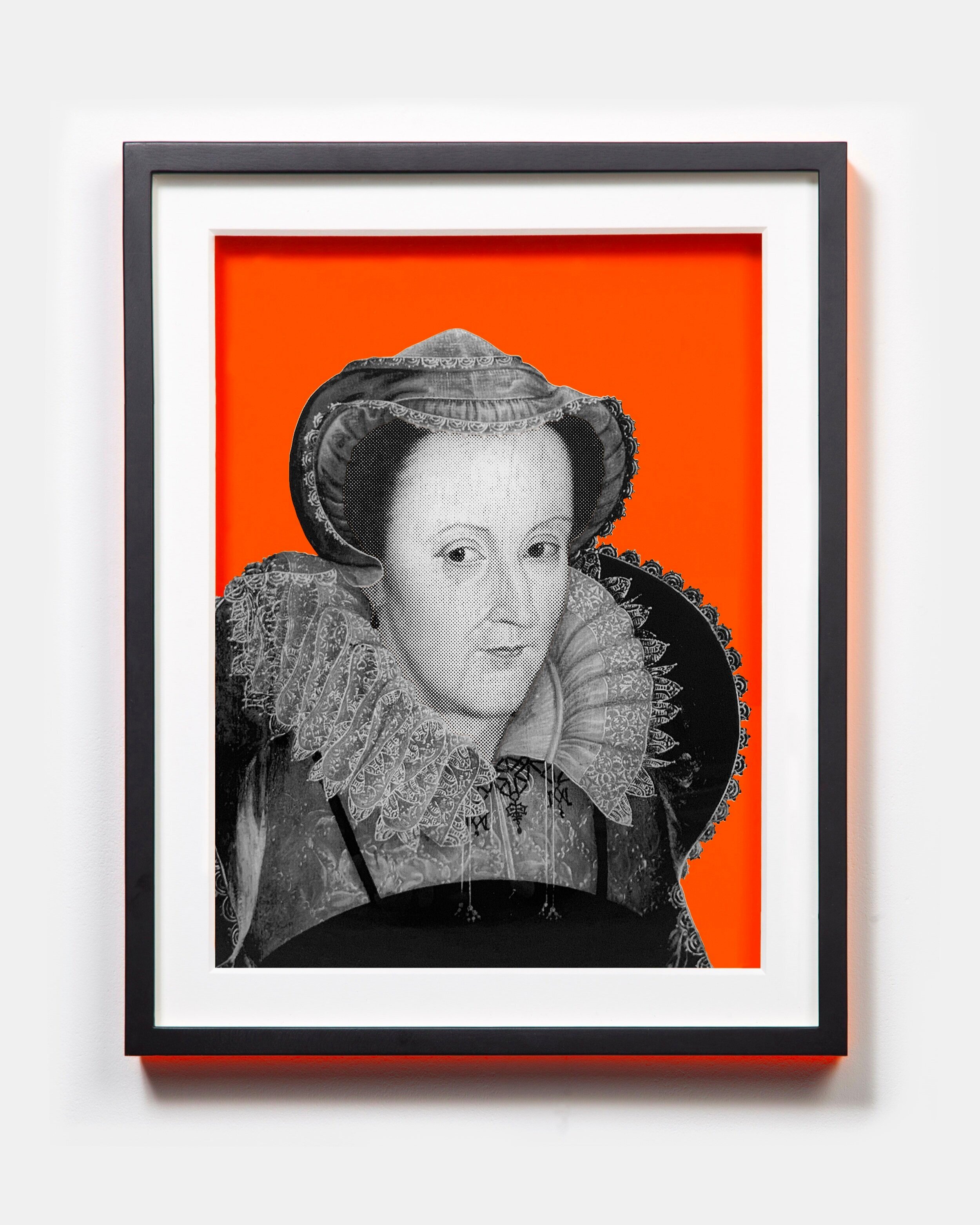
Mary, Queen of Scots
Before becoming the home to the Metropolitan Police, The Great Scotland Yard building accommodated the diplomatic representatives of the Kingdom of Scotland and Scottish royalty. It was in effect, the Scottish Embassy. Mary, Queen of Scots, also known as Mary Stuart, reigned over Scotland from 14 December 1542 to 24 July 1567. Mary was imprisoned for 19 years, suspected of plotting to overthrow Elizabeth 1 of England, in 1857 she was beheaded for treason.
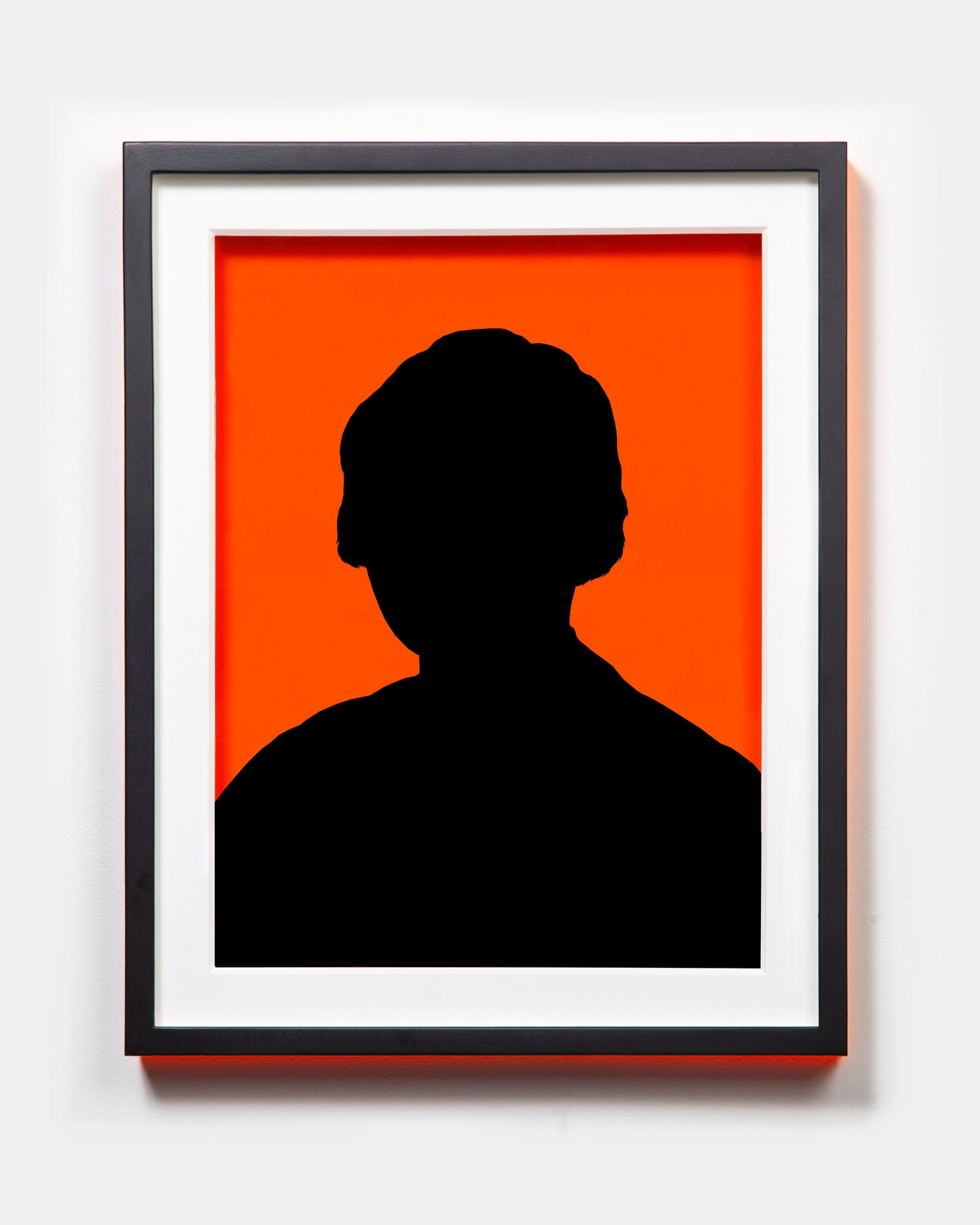
Victoria Helen McCrae Duncan aka “Hellish Nell”
Scottish spiritualist medium. The last person to be imprisoned under the British Witchcraft Act in 1944.
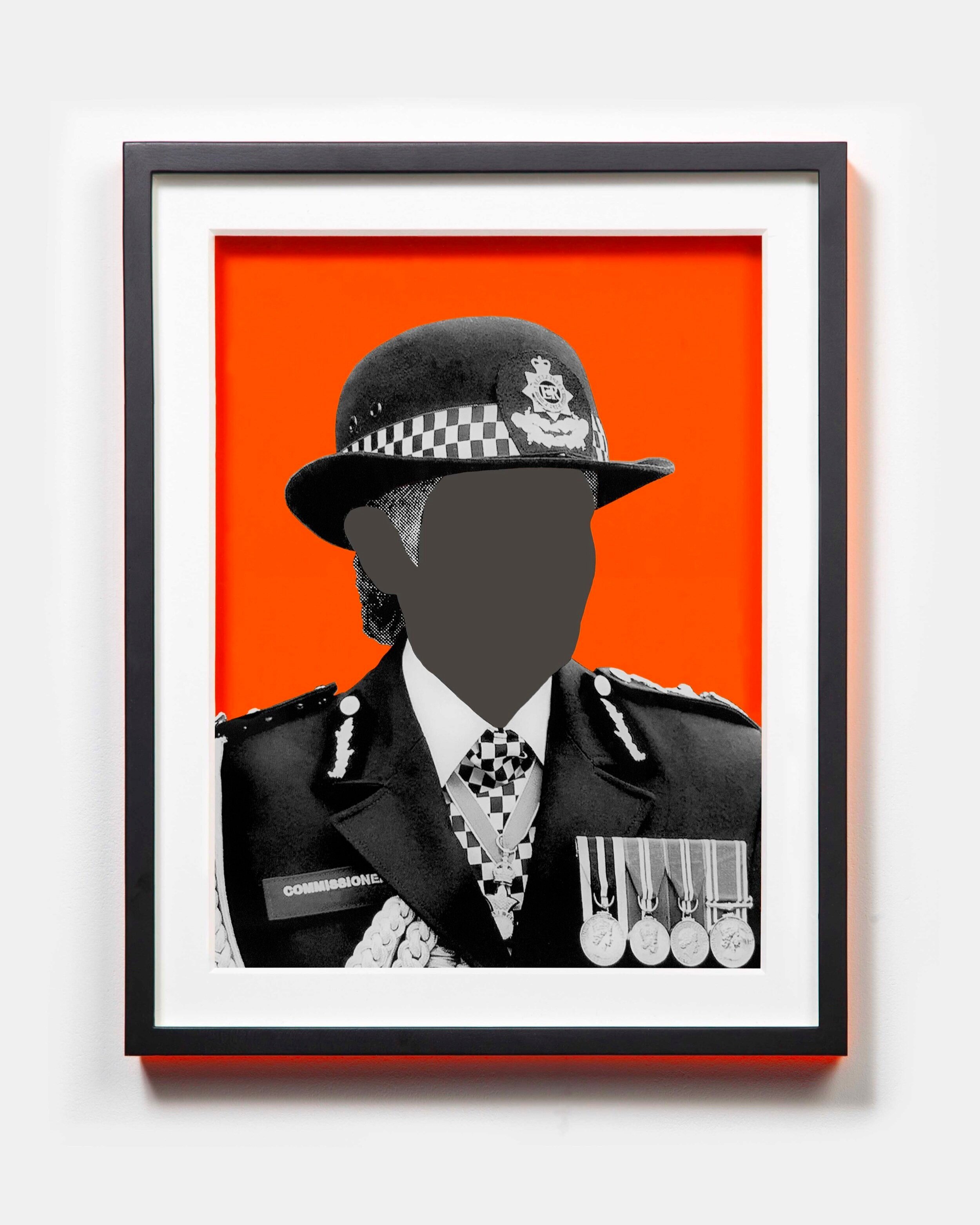
Metropolitan Police Commissioner Cressida Dick CBE QPM
Commissioner of the Metropolitan Police in London -the highest ranking police officer in the UK. She is the first woman to take this role. Before 2005, Dick attracted little media attention, but became well known as having been the officer in command of the operation which led to the fatal shooting of Jean Charles de Menezes. She was cleared of personal blame in a 2007 criminal trial. Dick came out as gay in April 2017, making her the highest-ranked lesbian officer in British police history.
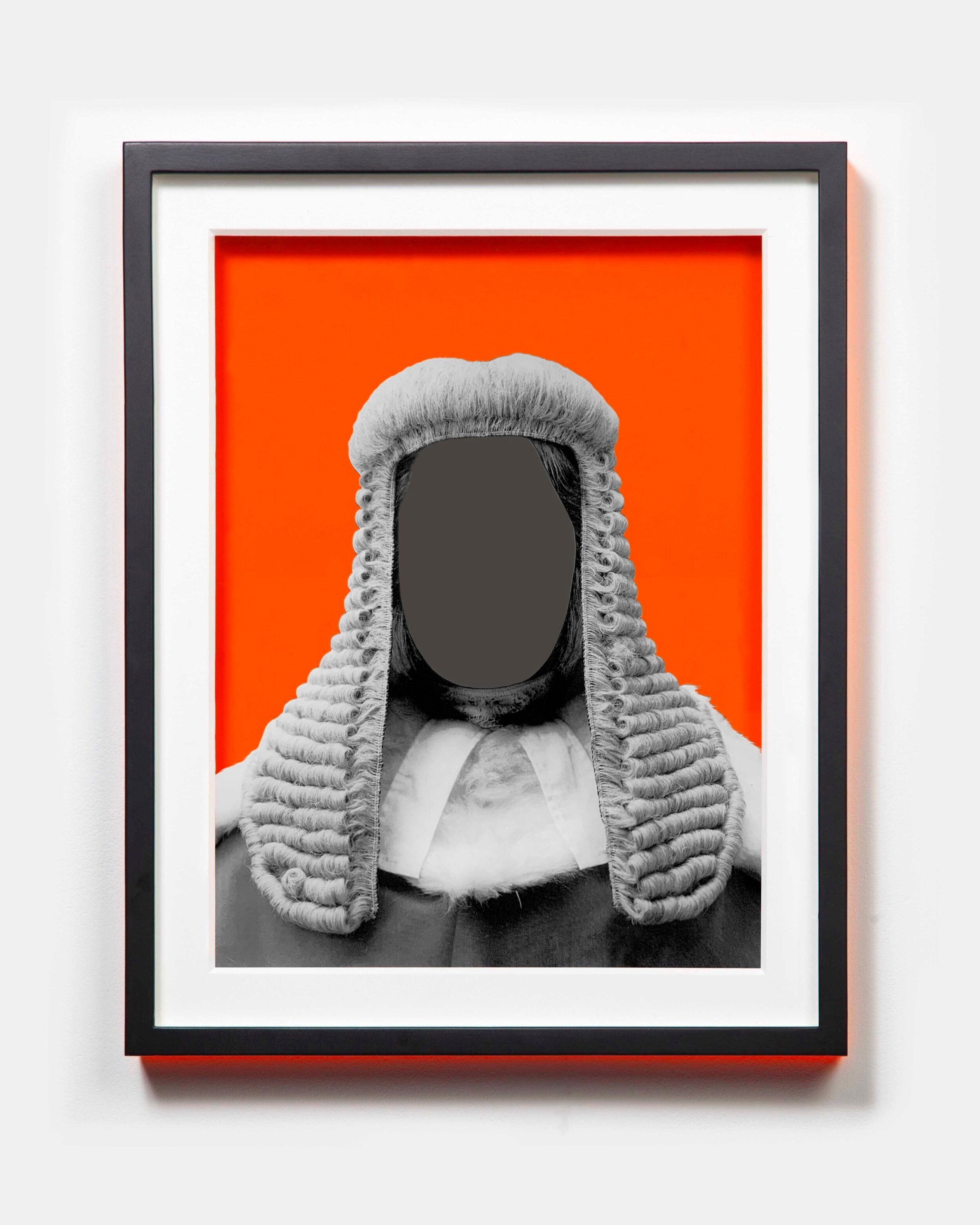
The Hon. Mrs Justice Cheema-Grubb DBE
Dame Parmjit Kaur "Bobbie" Cheema-Grubb DBE, styled The Hon. Mrs Justice Cheema-Grubb, is a judge of the Queen's Bench Division of the High Court of Justice of England and Wales. She is the first Asian woman to serve as a High Court judge in the United Kingdom. Cheema-Grubb’s Sikh Punjabi parents came to the United Kingdom in the 1960s.
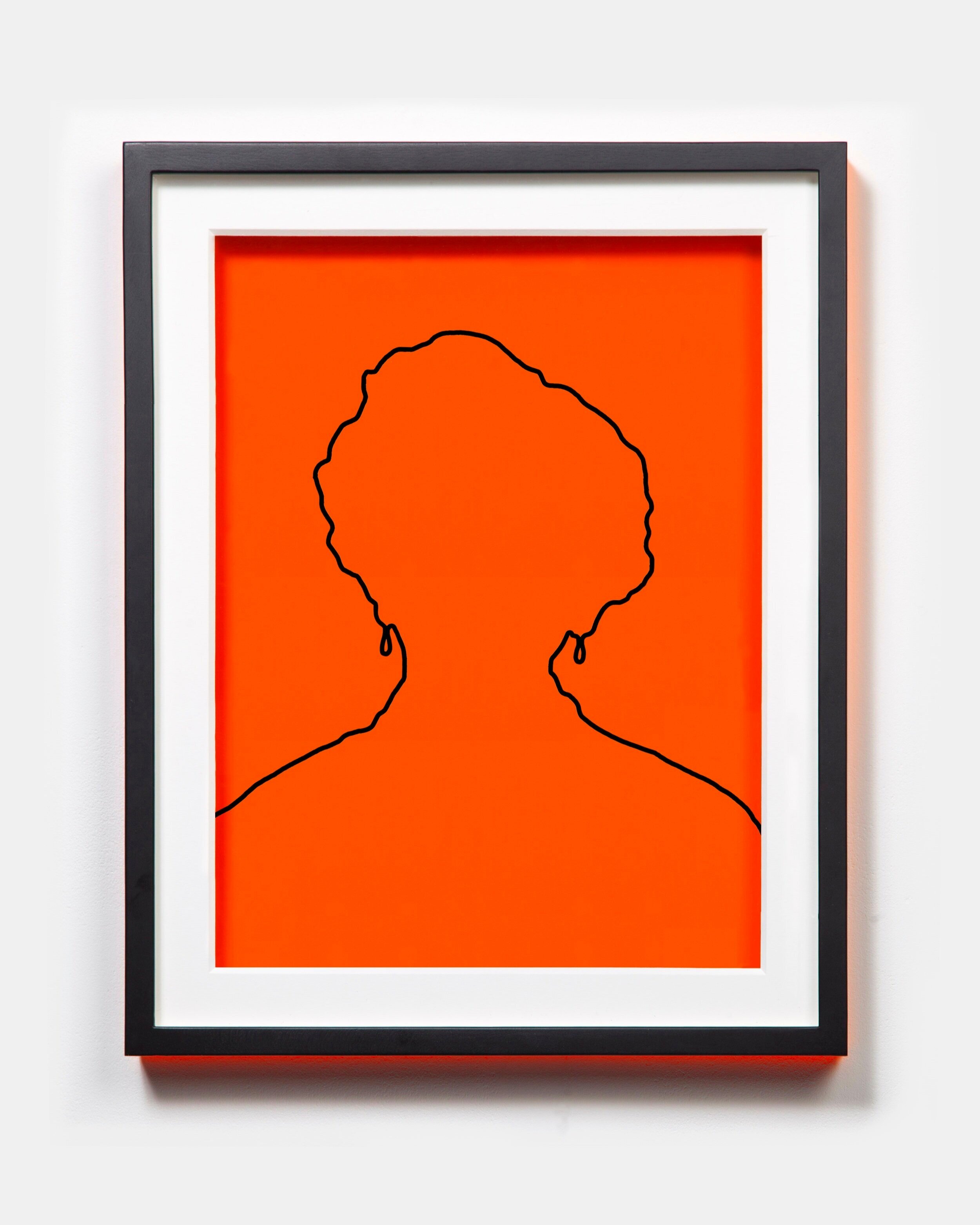
Ruth Ellis
Last woman to be hanged in the UK. Ellis was a model and nightclub hostess convicted of the murder of her lover, David Blakely. The case caused widespread controversy at the time, evoking exceptionally intense press and public interest. On the day of her execution, the Daily Mirror columnist Cassandra wrote a column attacking the sentence, writing "The one thing that brings stature and dignity to mankind and raises us above the beasts will have been denied her—pity and the hope of ultimate redemption". A petition to the Home Office asking for clemency was signed by 50,000 people, but the Conservative Home Secretary Major Gwilym Lloyd George rejected it.
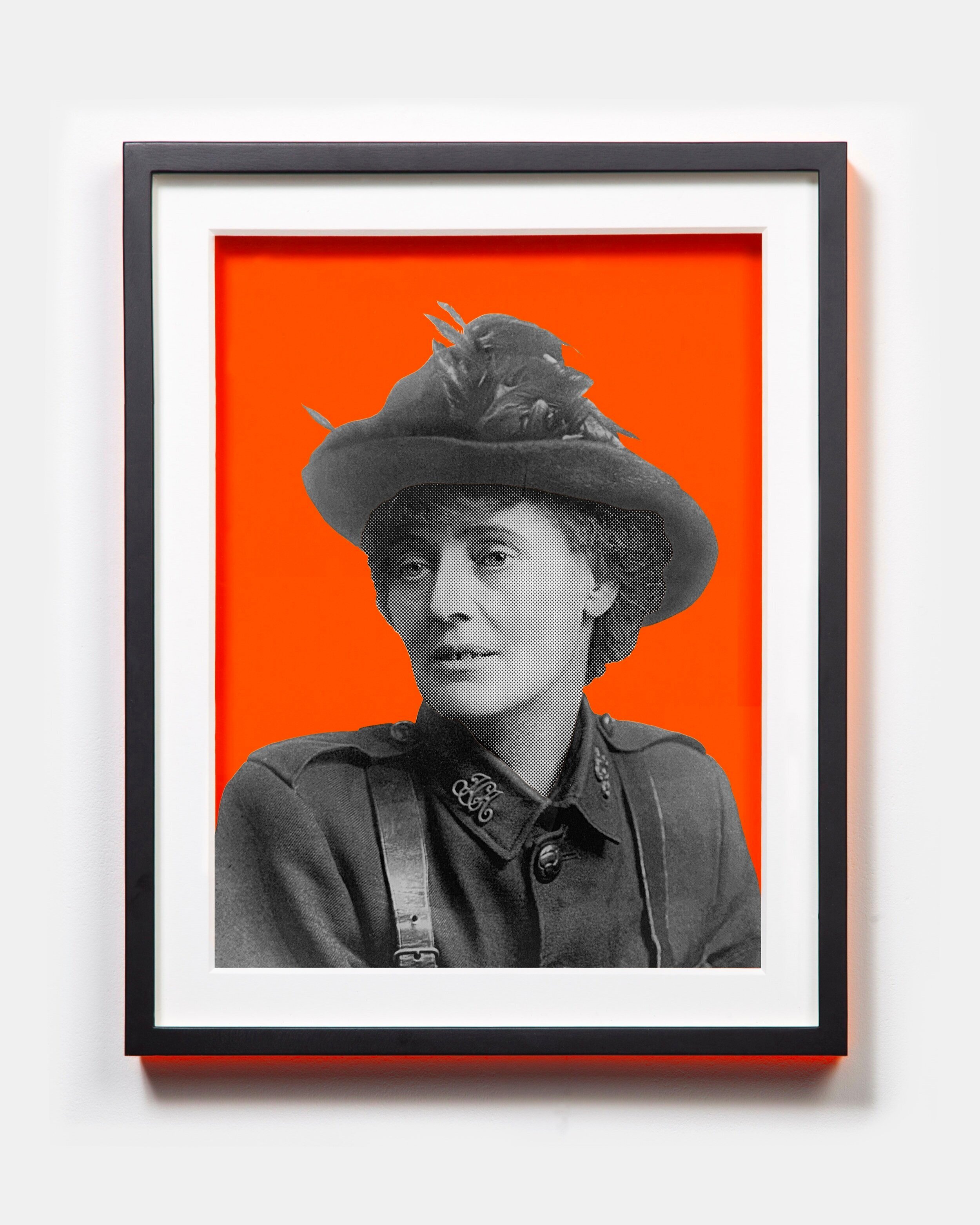
Constance Markievicz
Constance Markievicz, known as Countess Markievicz, was an Anglo-Irish politician, revolutionary, nationalist, suffragette, and socialist. Markievicz was the first woman elected to the British Parliament in 1918. Remarkably, she fought the election for the constituency of Dublin St Patrick's from a cell in Holloway prison - out of 18 women candidates, she was the only one to win a seat, but she refused to take it. Rather than take her seat in the House of Commons, Markievicz - along with 72 other Sinn Féin MPs - refused to acknowledge the authority of the British government, and instead helped establish the First Dáil at Dublin's Mansion House in January 1919. Markievicz took part in the Easter Rising of 1916 and fought against British crown forces. The rising was unsuccessful and the ringleaders, including Markievicz, were sentenced to death. However, Markievicz's death sentence was commuted to life in prison because she was a woman.
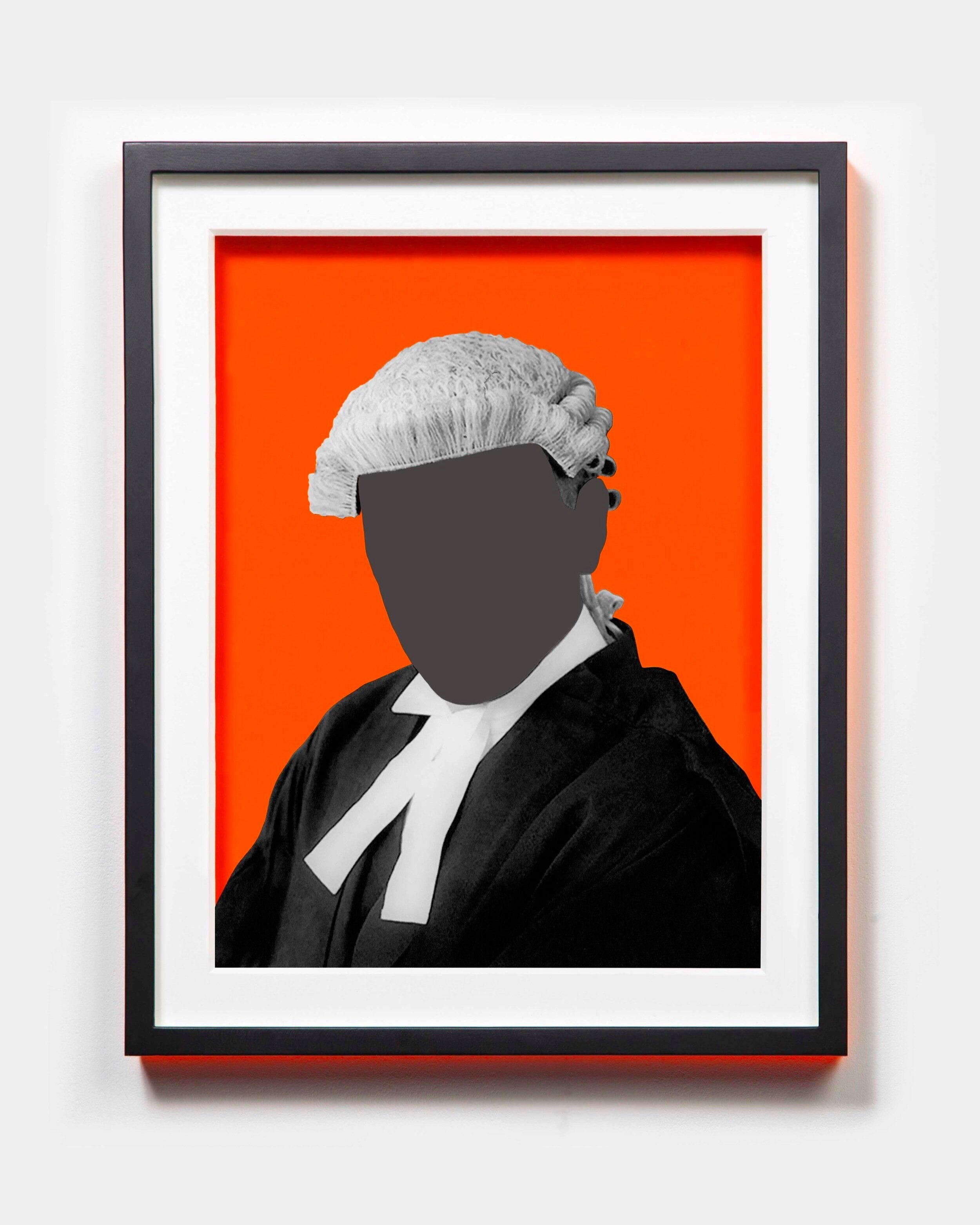
Robert "Judge Rinder" Rinder
Robert Rinder is an English criminal law barrister and television personality. He is best known for his role on the reality courtroom series Judge Rinder. Rinder was called to the bar in 2001. He went on to specialise in cases involving international fraud, money laundering and other forms of financial crime. He was involved in prosecutions following the murders of Leticia Shakespeare and Charlene Ellis in January 2003, and the defence of British servicemen on charges of manslaughter after the deaths of detainees in Iraq. Since 2010 he has been involved in the investigation and prosecution of alleged bribery, corruption, and fraud in the British Overseas Territory of the Turks and Caicos Islands.
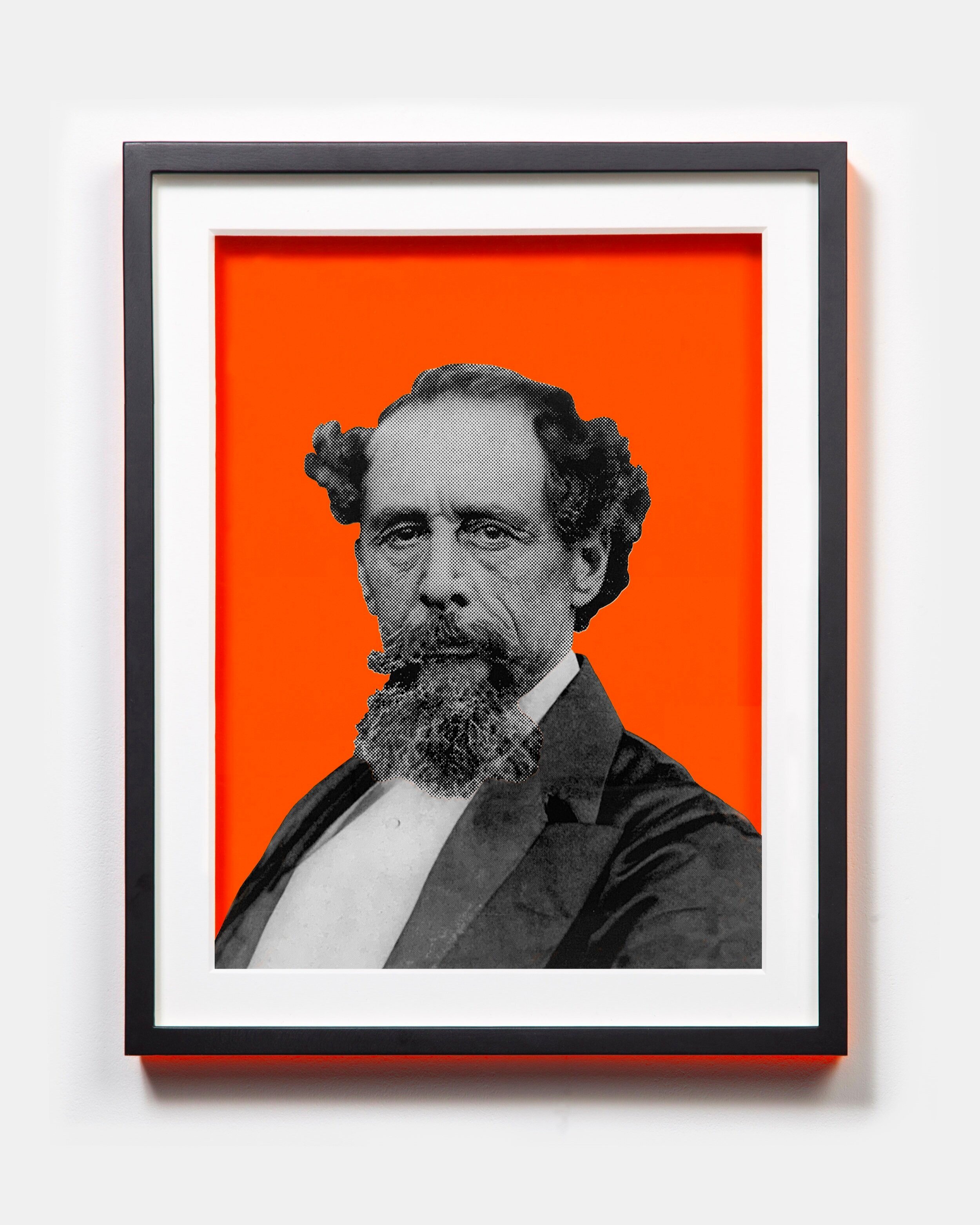
Charles Dickens
Charles Dickens was an English writer and social critic. He created some of the world's best-known fictional characters and is regarded by many as the greatest novelist of the Victorian era. His works enjoyed unprecedented popularity during his lifetime, and by the 20th century critics and scholars had recognised him as a literary genius. He wrote many classic novels set around Great Scotland Yard, including Bleak House.
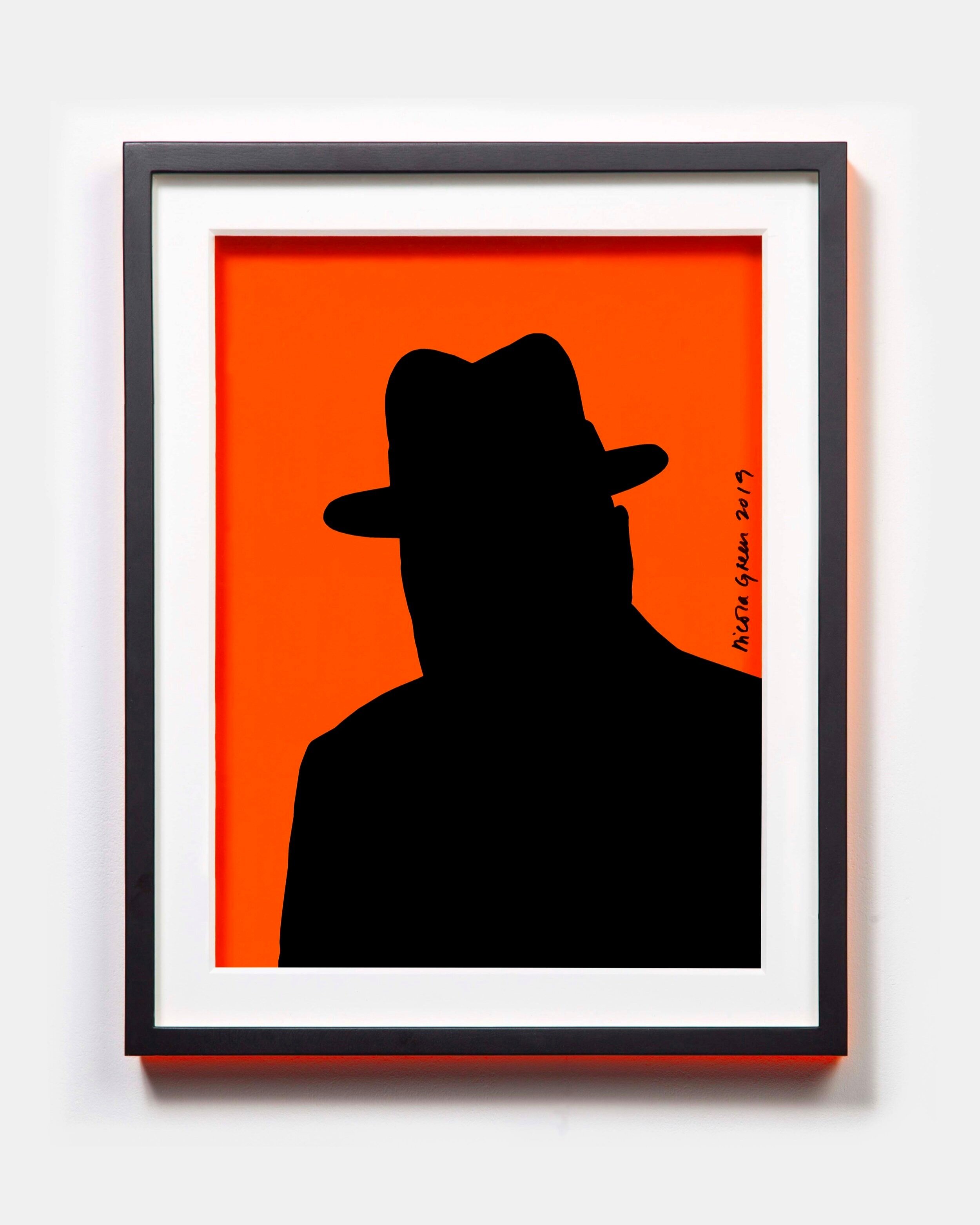
The Right Honourable Sir Winston Churchill
Serving as Prime Minister of England from 1940-1945 and again from 1951-1955, Churchill is one of the UK's most iconic politicians. In 1910, Churchill was promoted to Home Secretary and he implemented a prison reform programme. He introduced a distinction between criminal and political prisoners, reduced the length of solitary confinement for first offenders, spoke out against what he regarded as the excessively lengthy sentences, and put a stop to the imprisonment of those aged between 16 and 21 except in cases where they had committed the most serious offences.